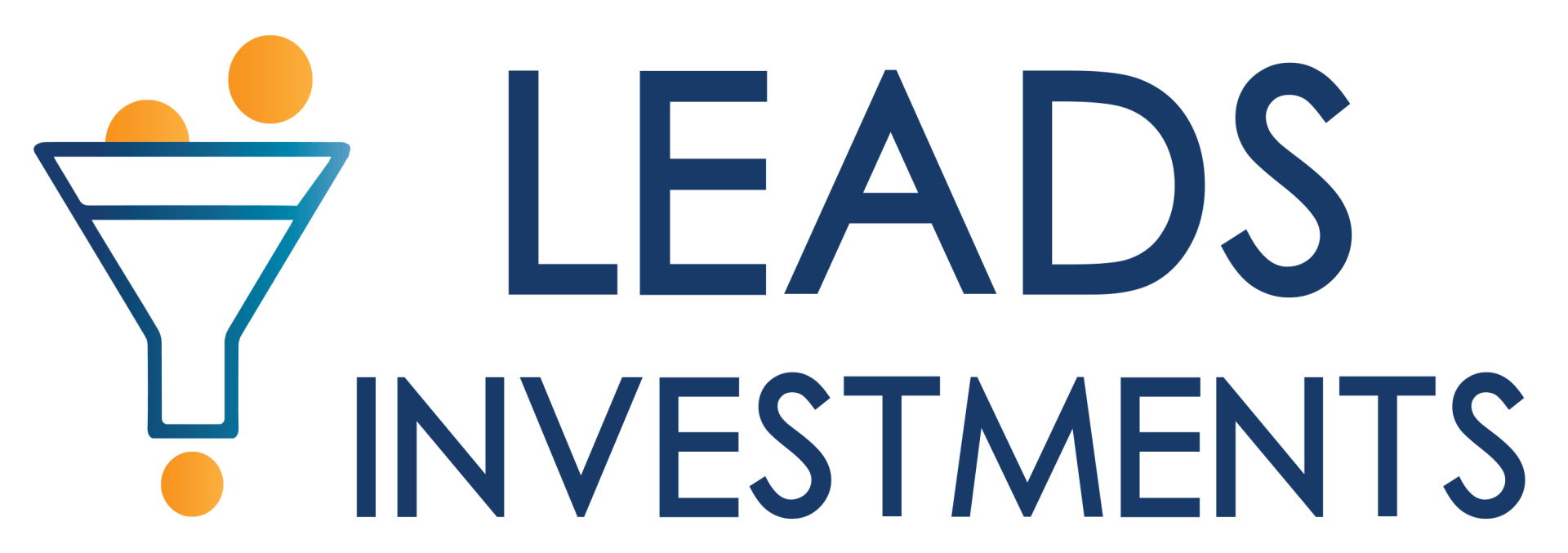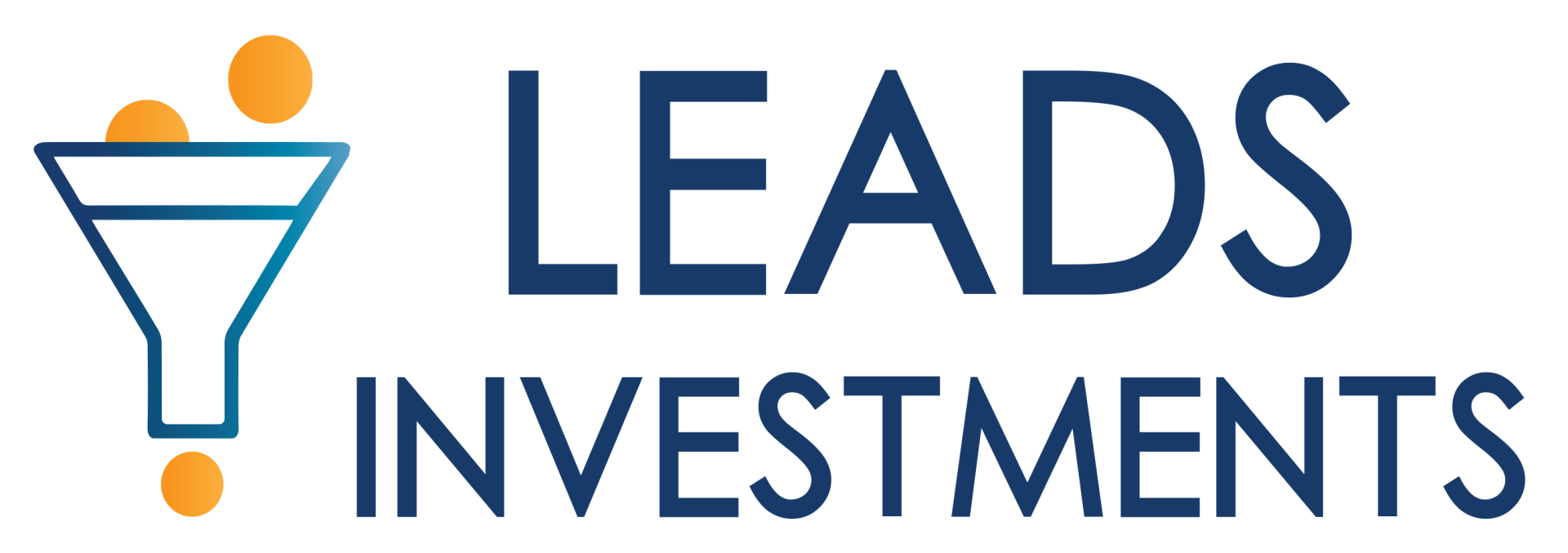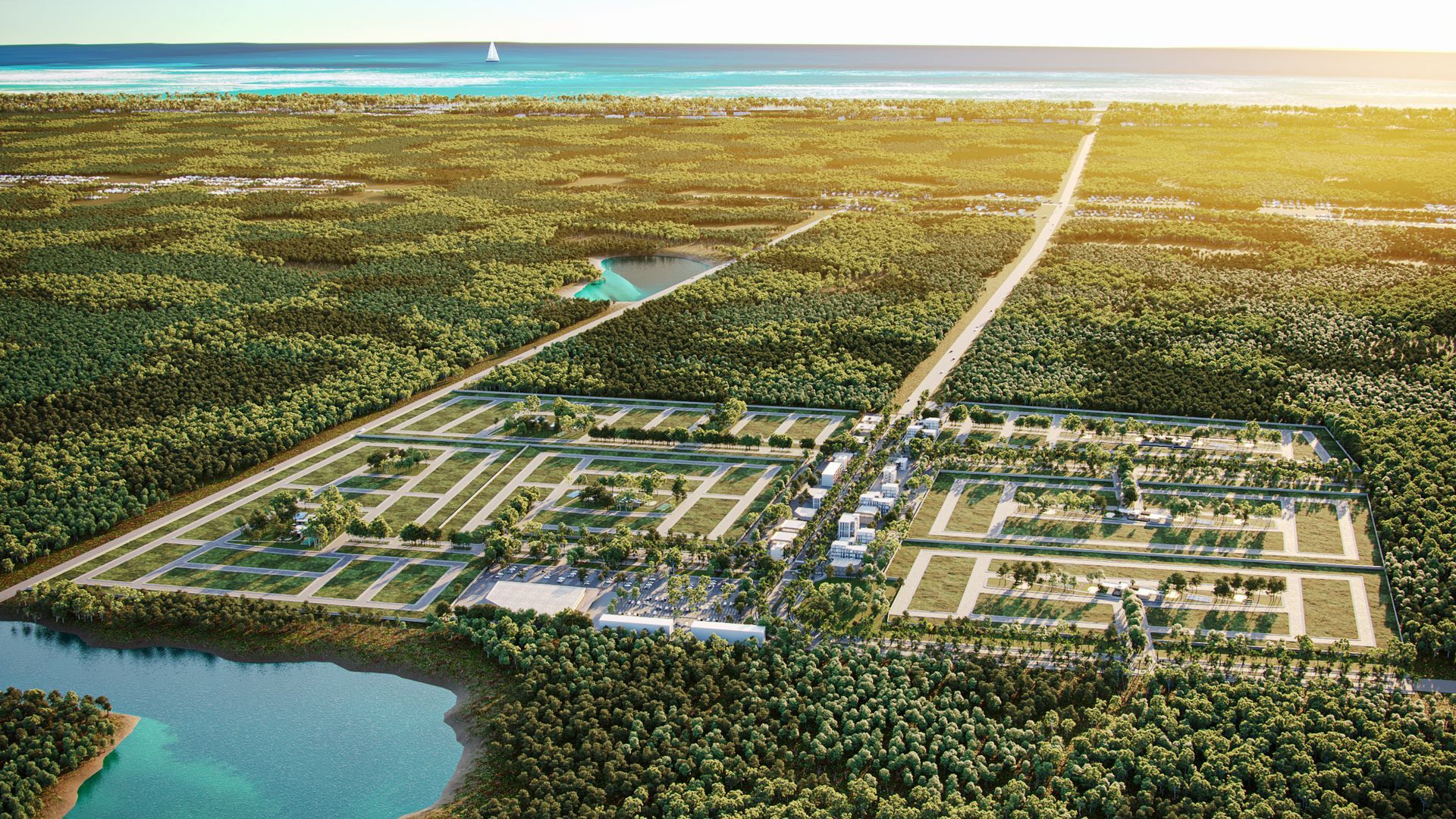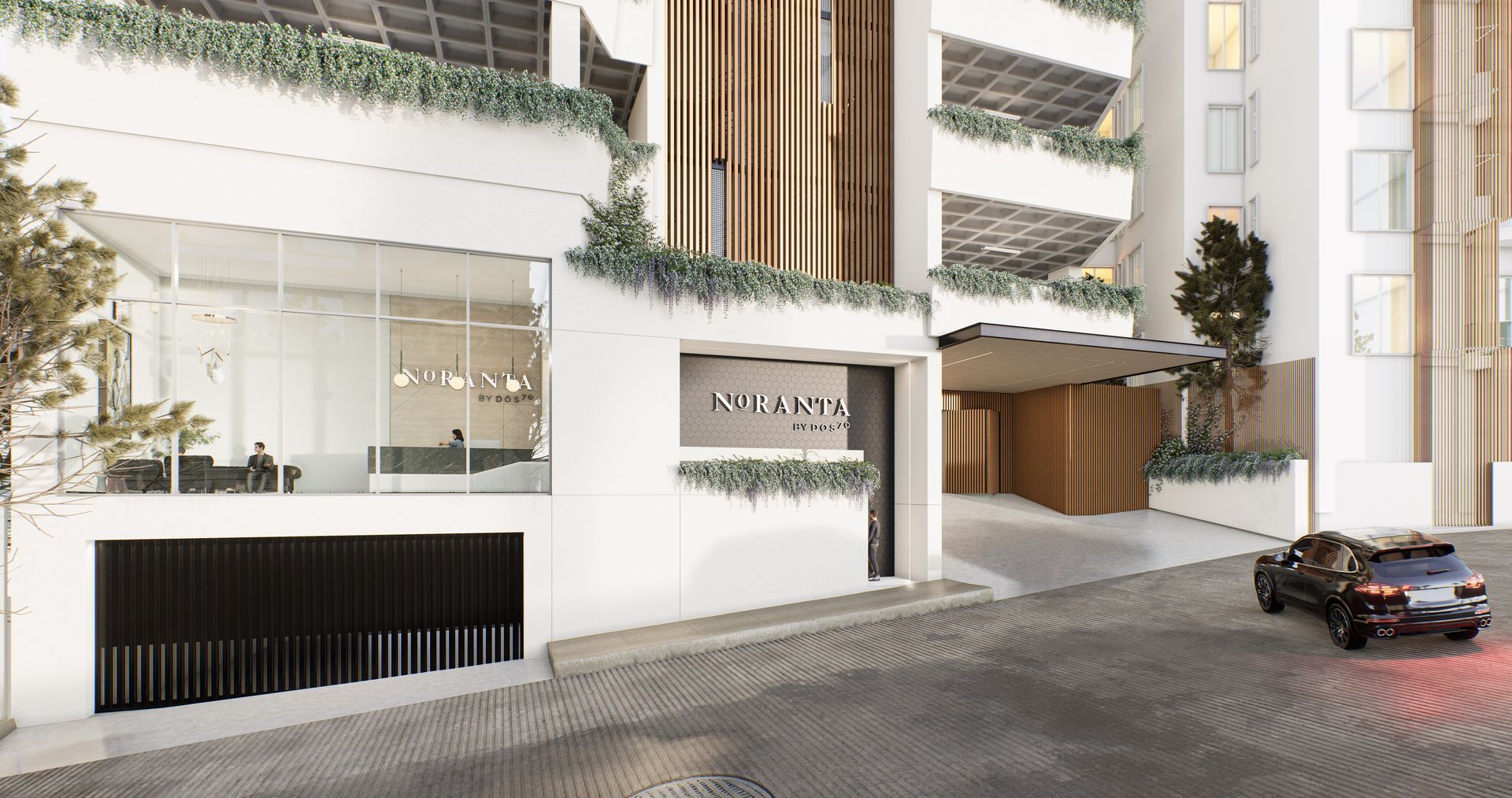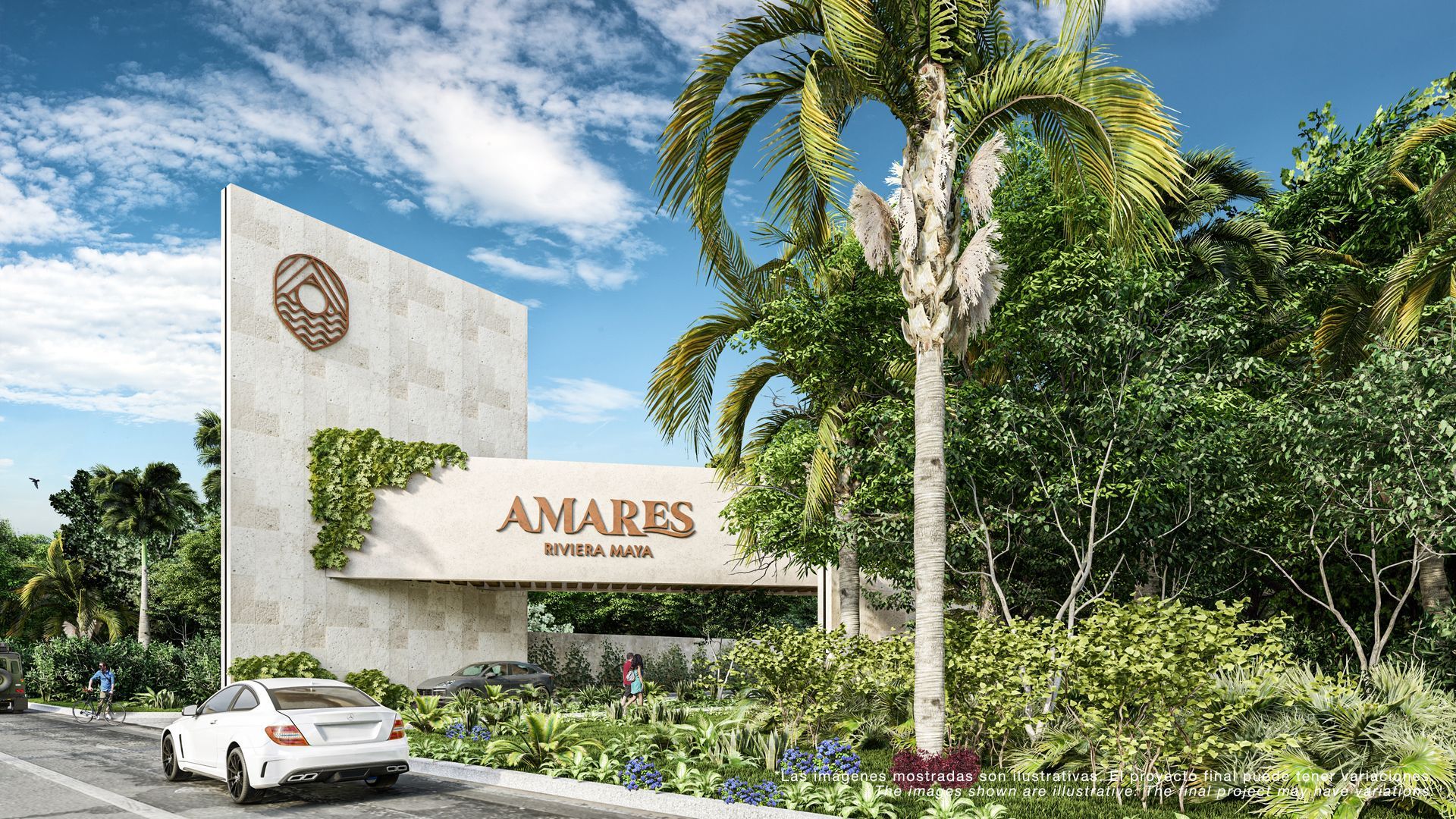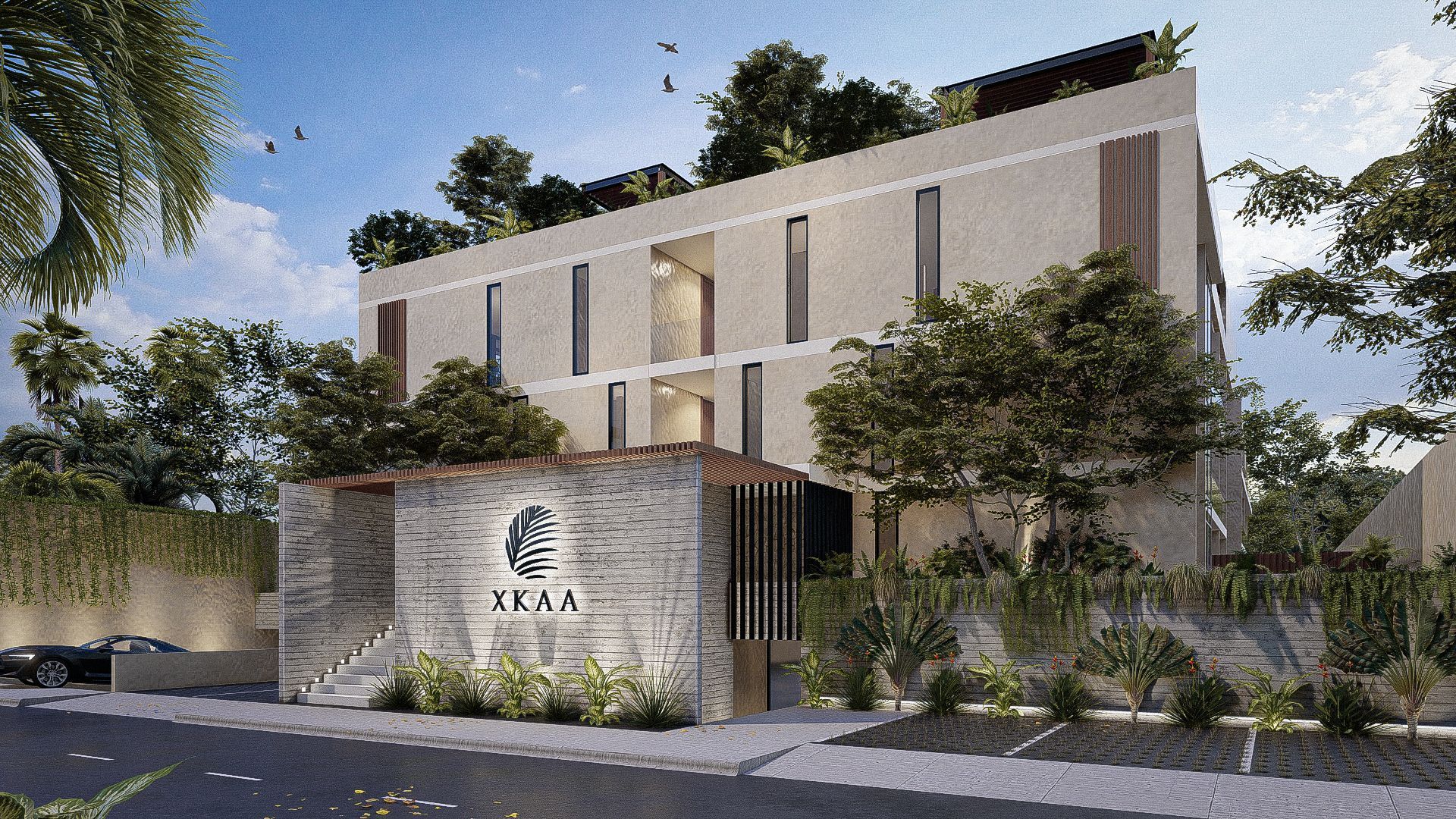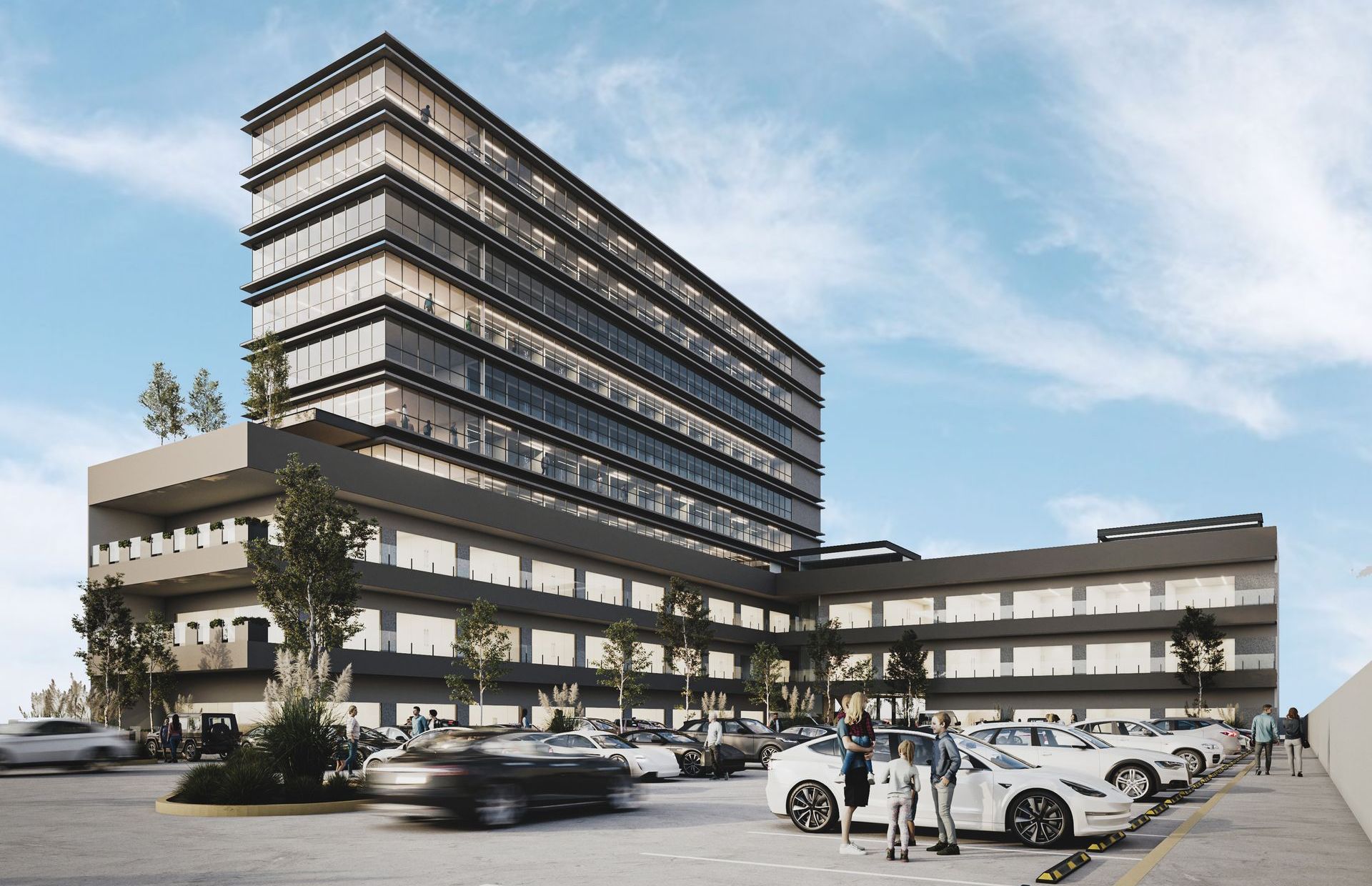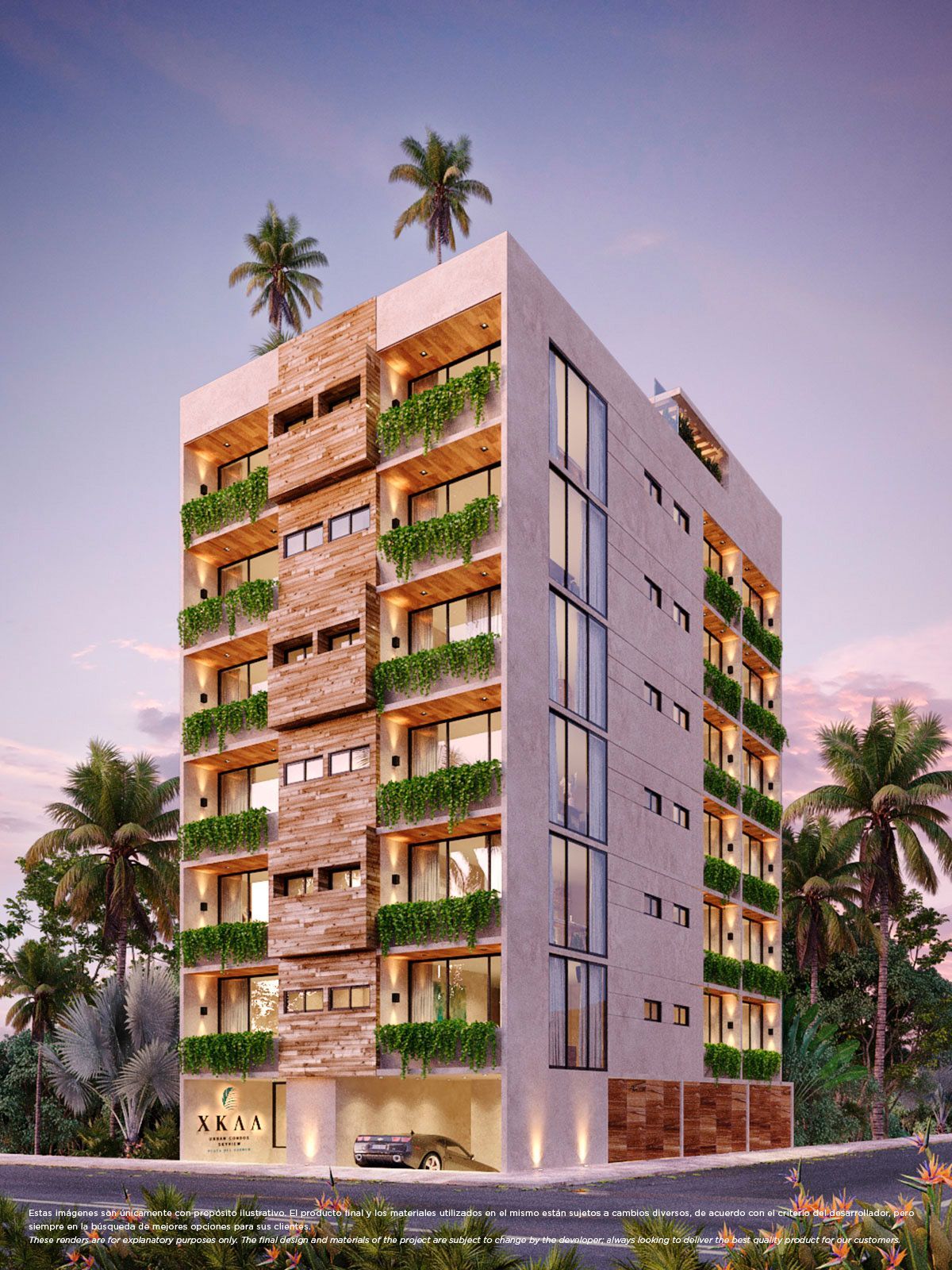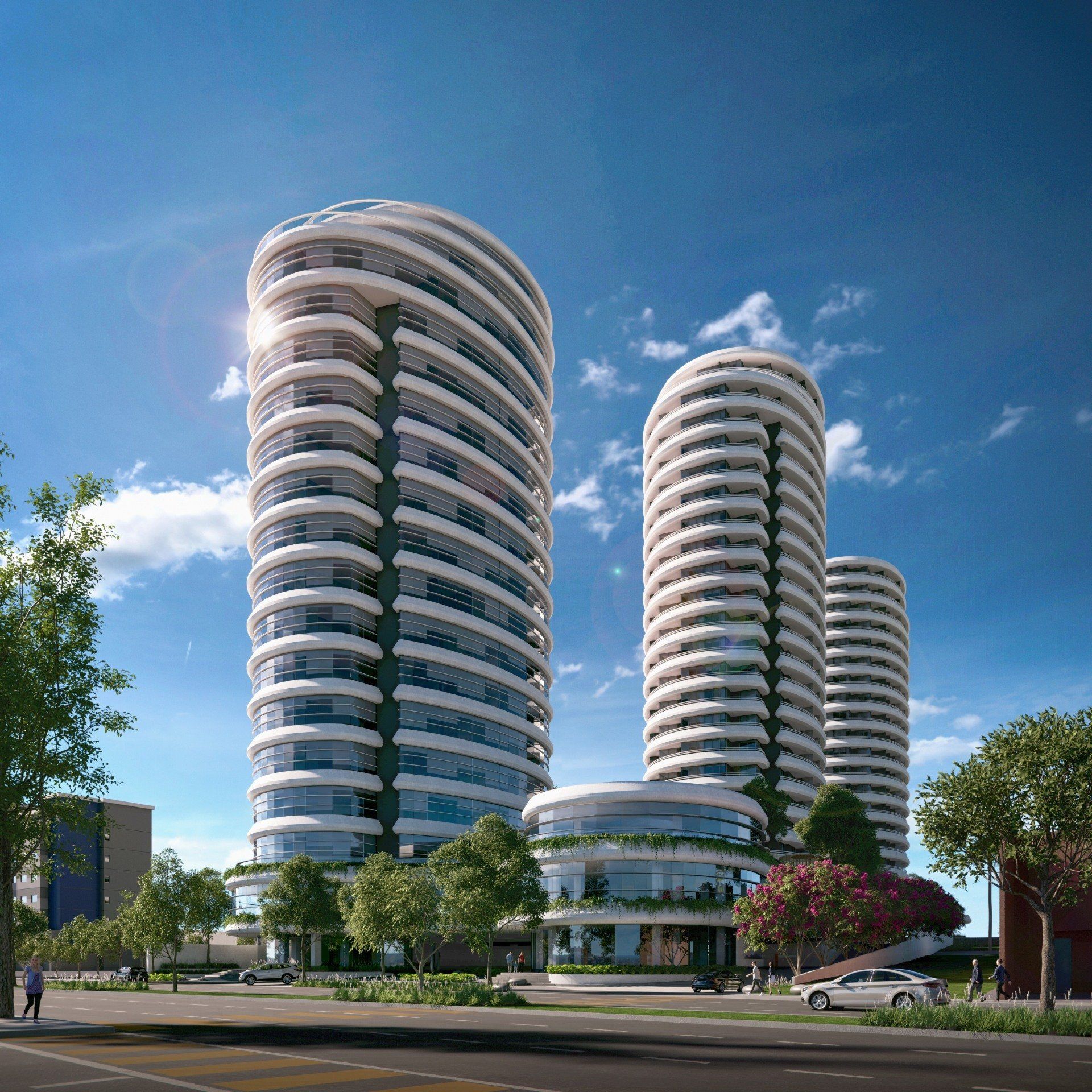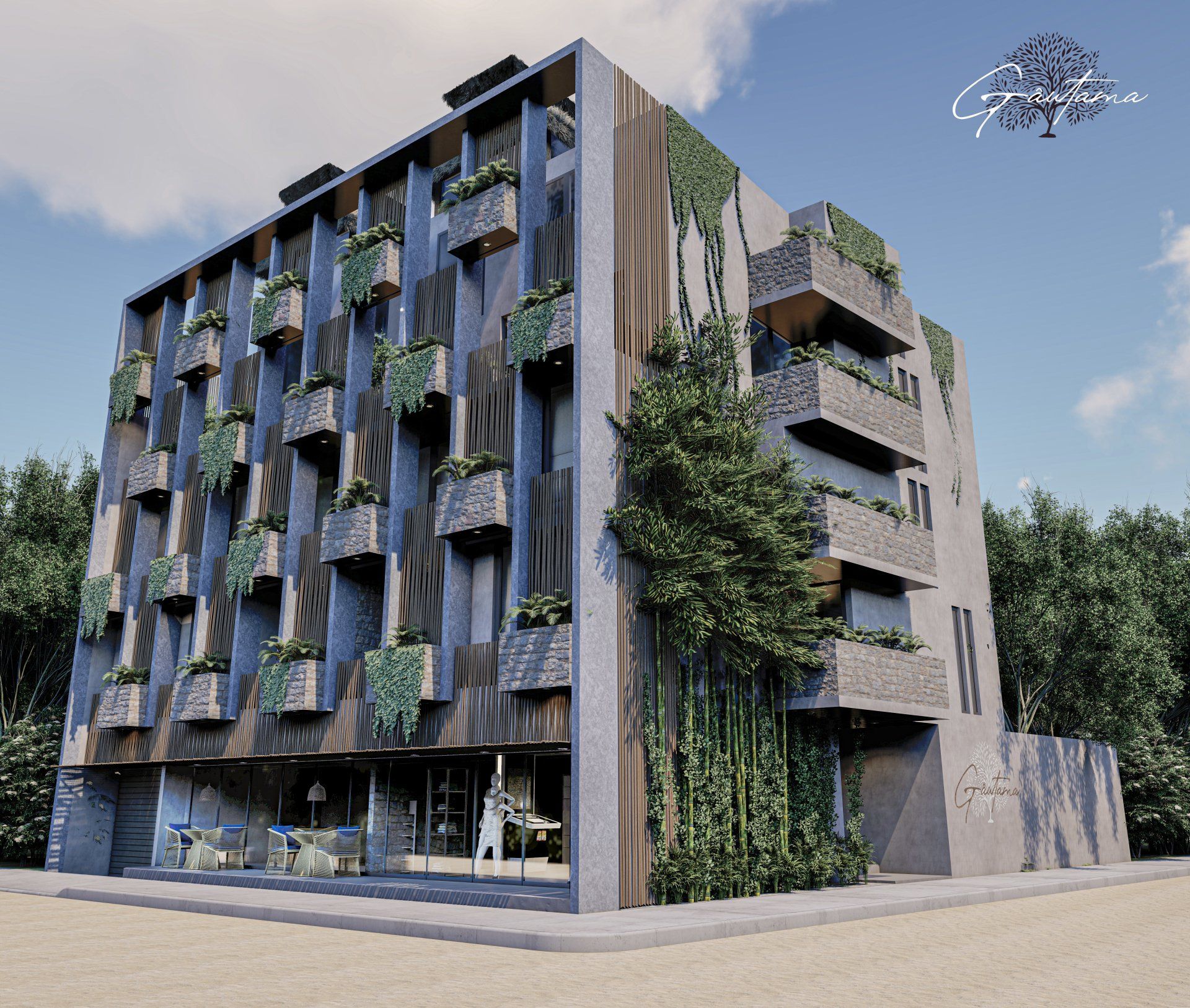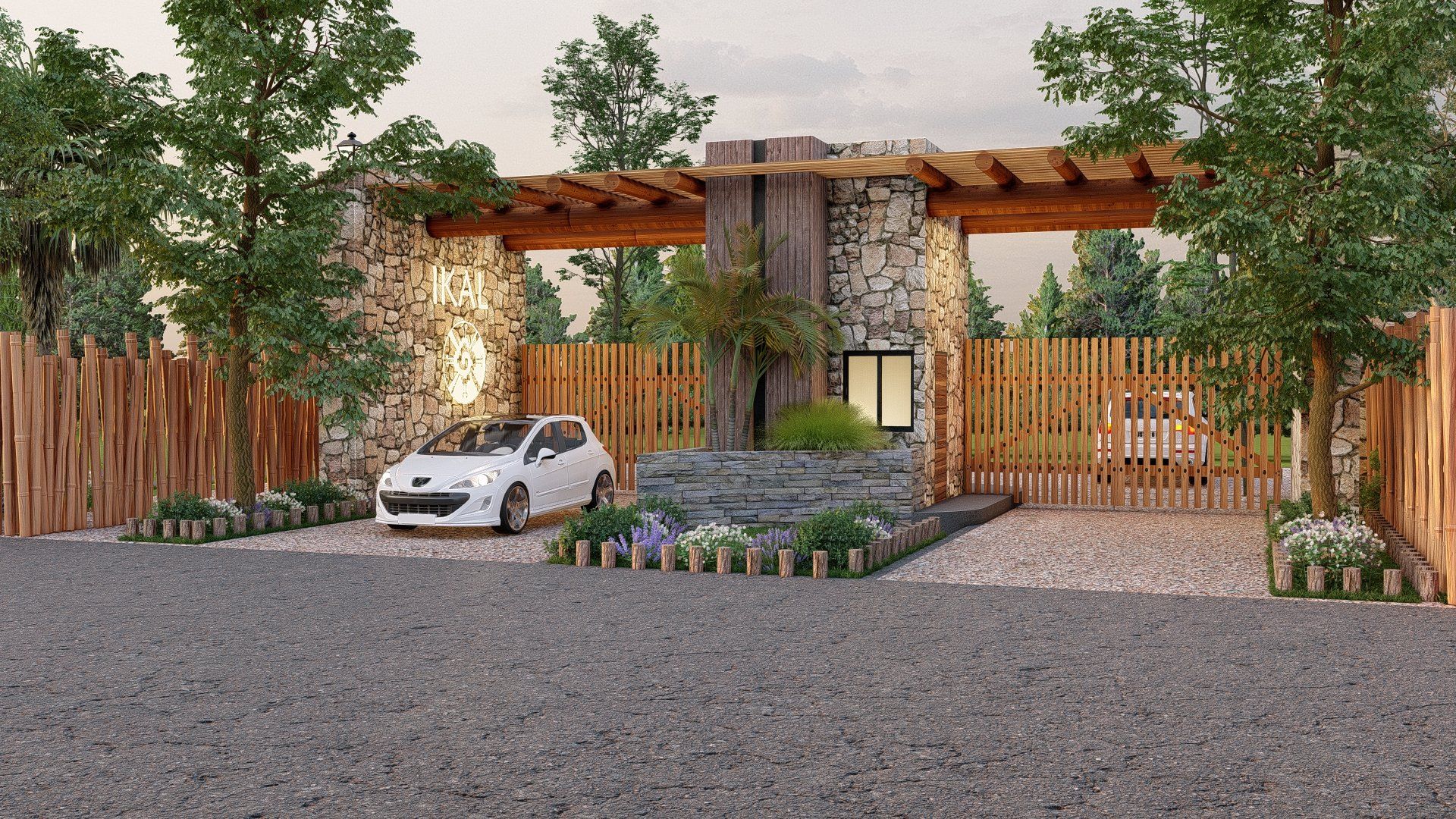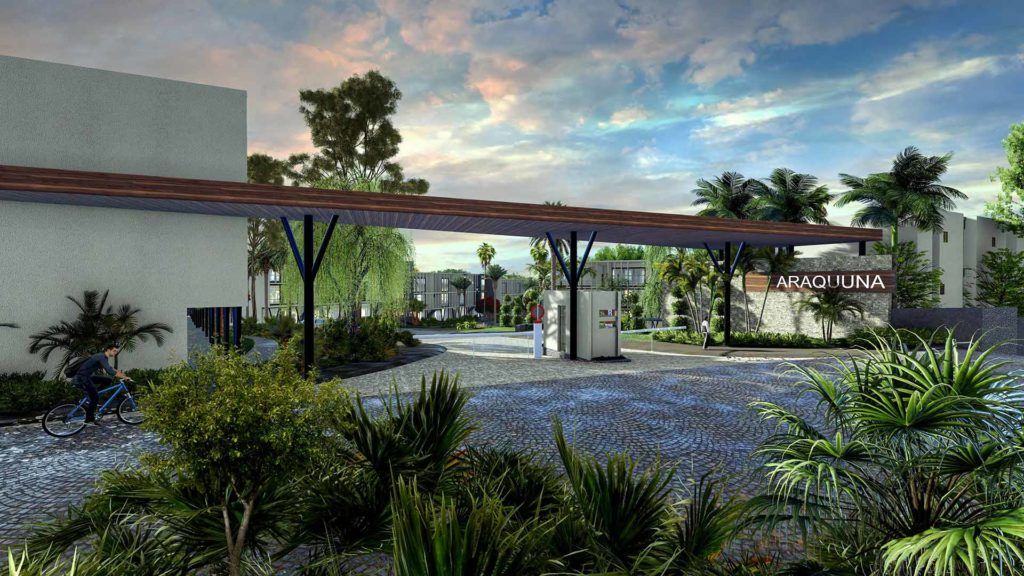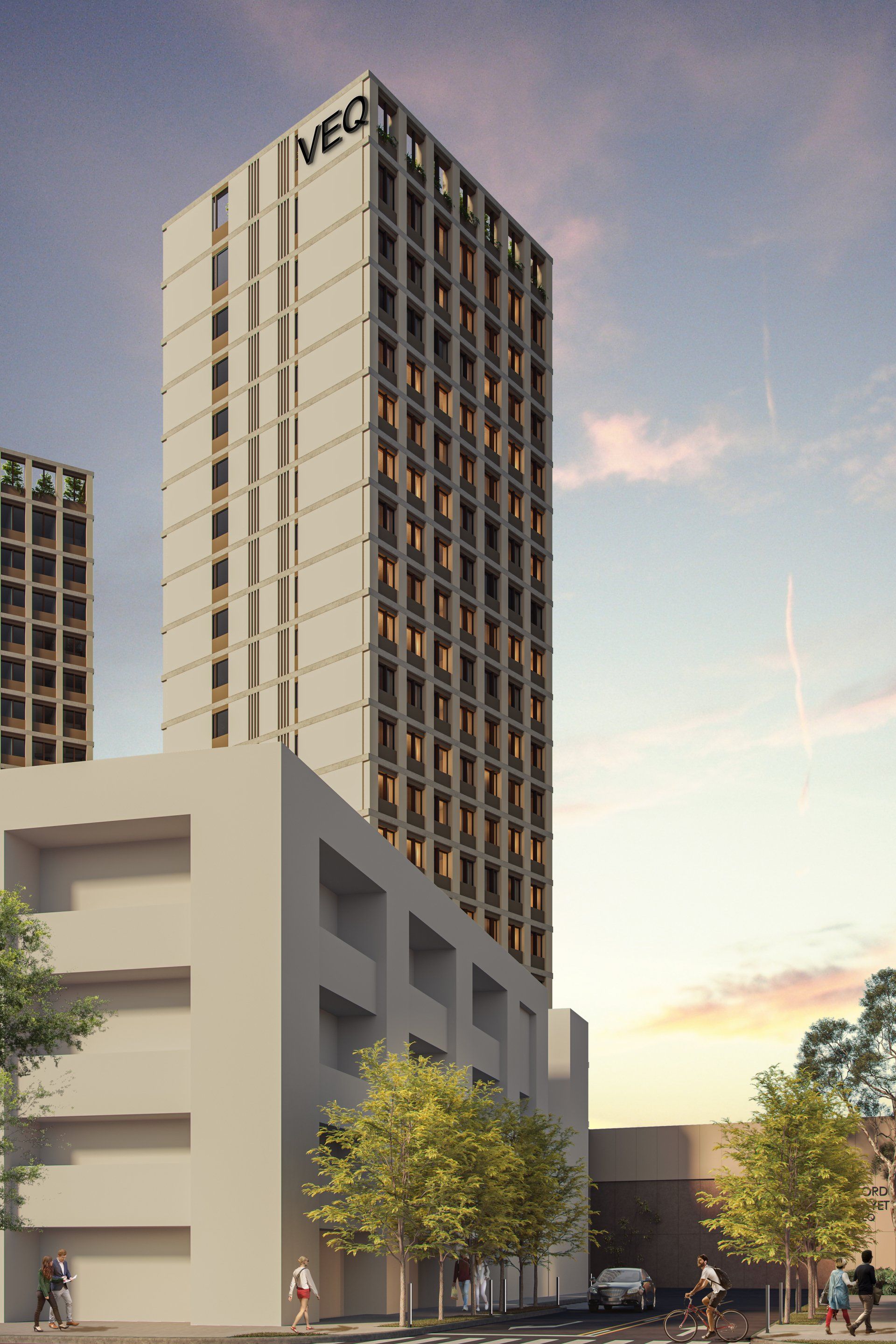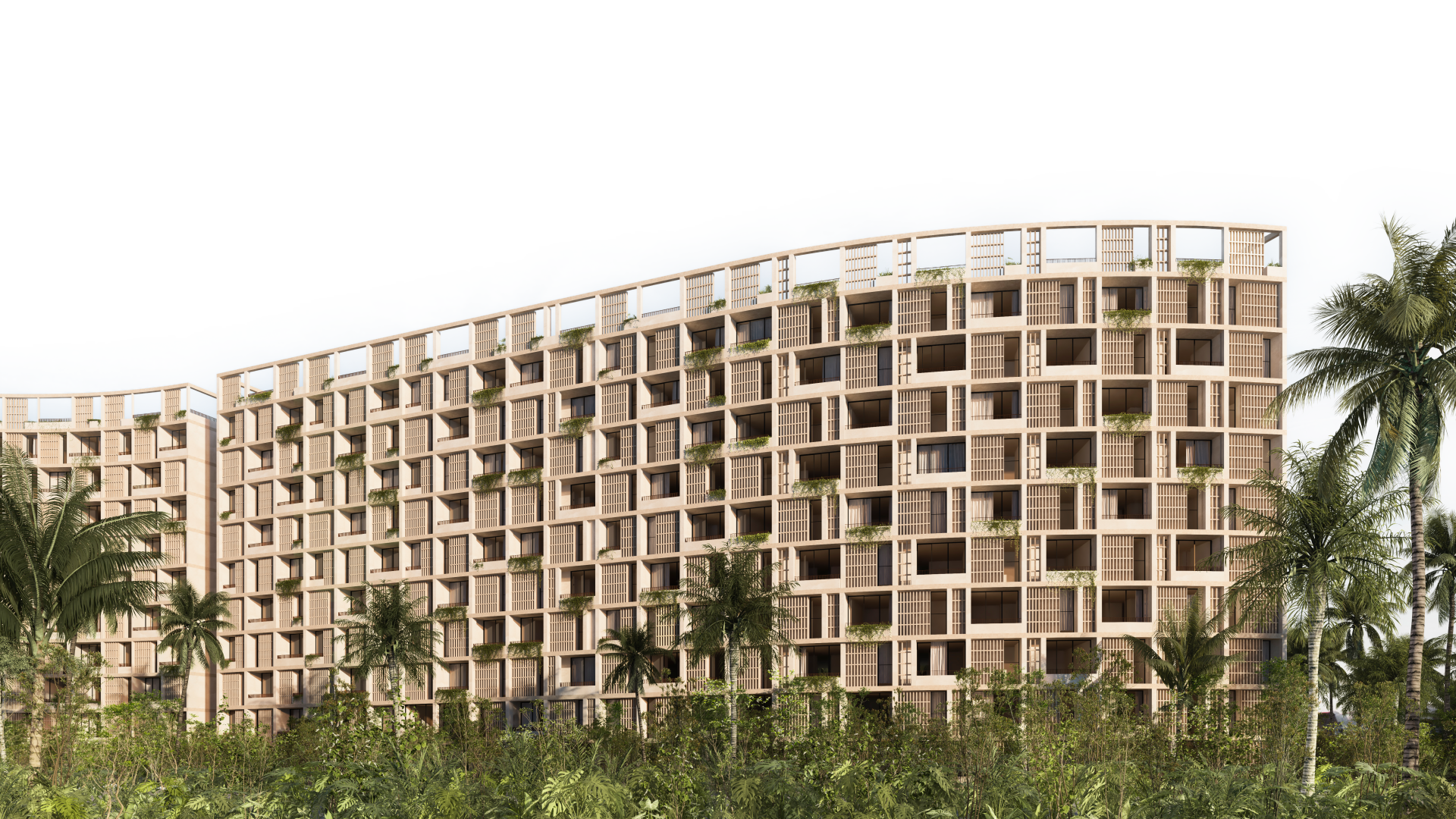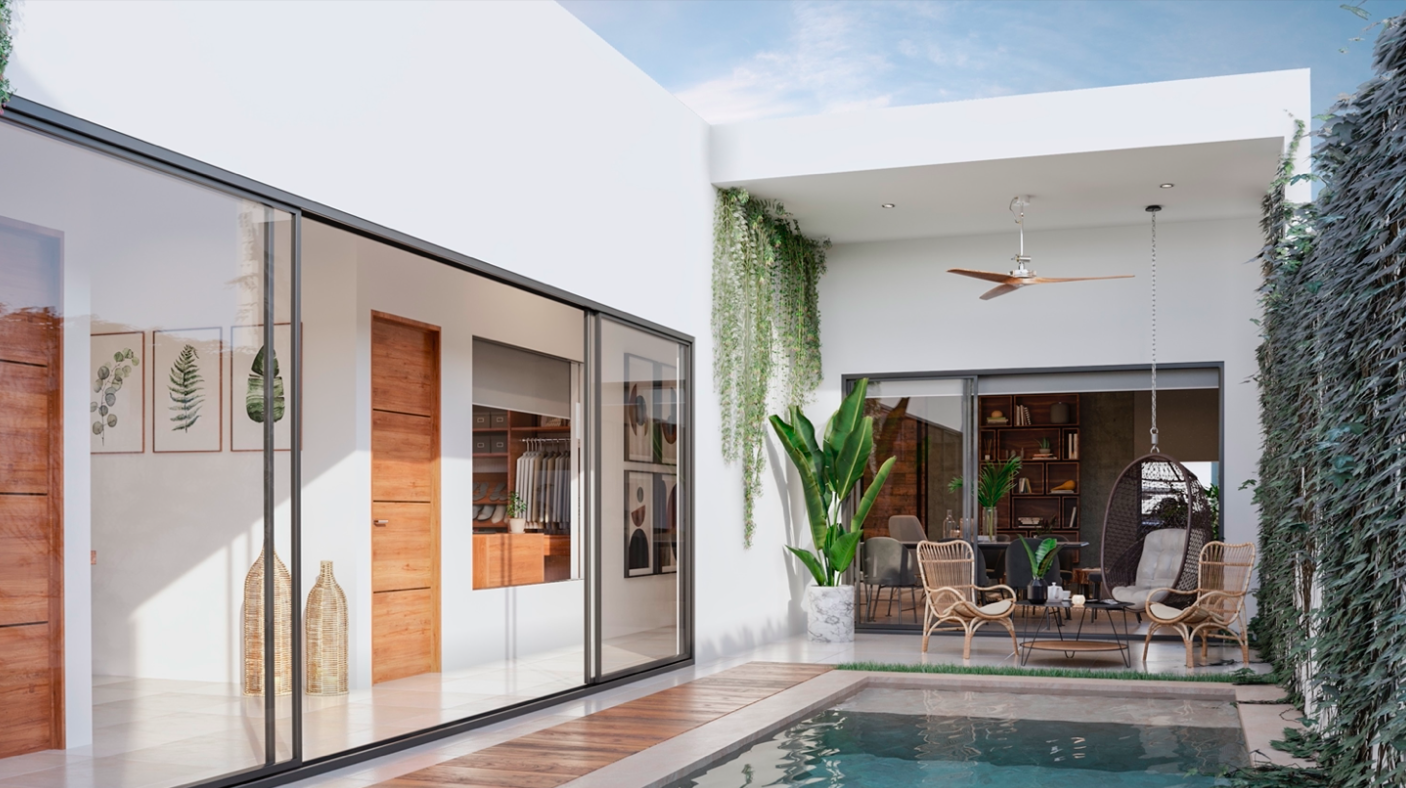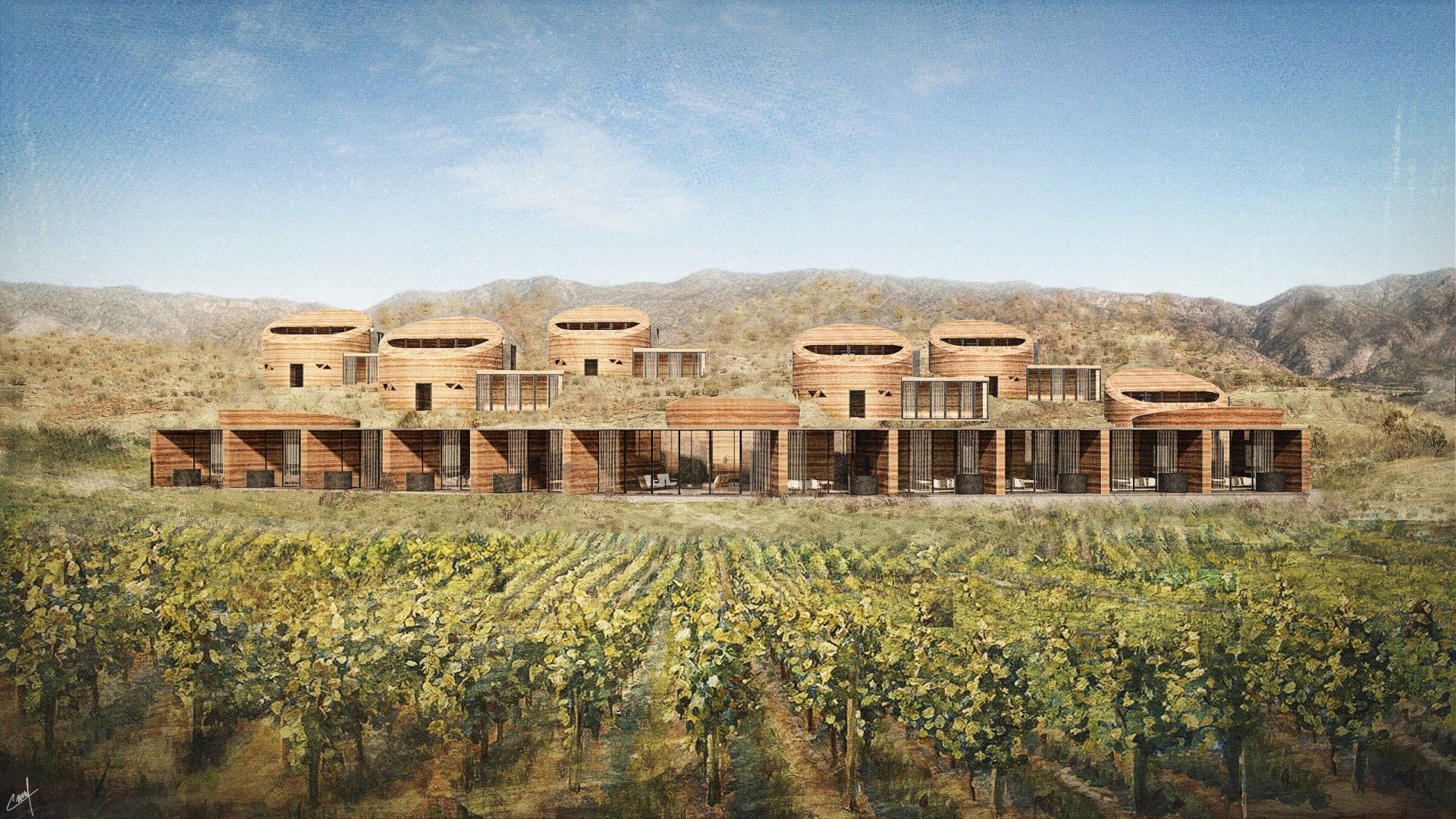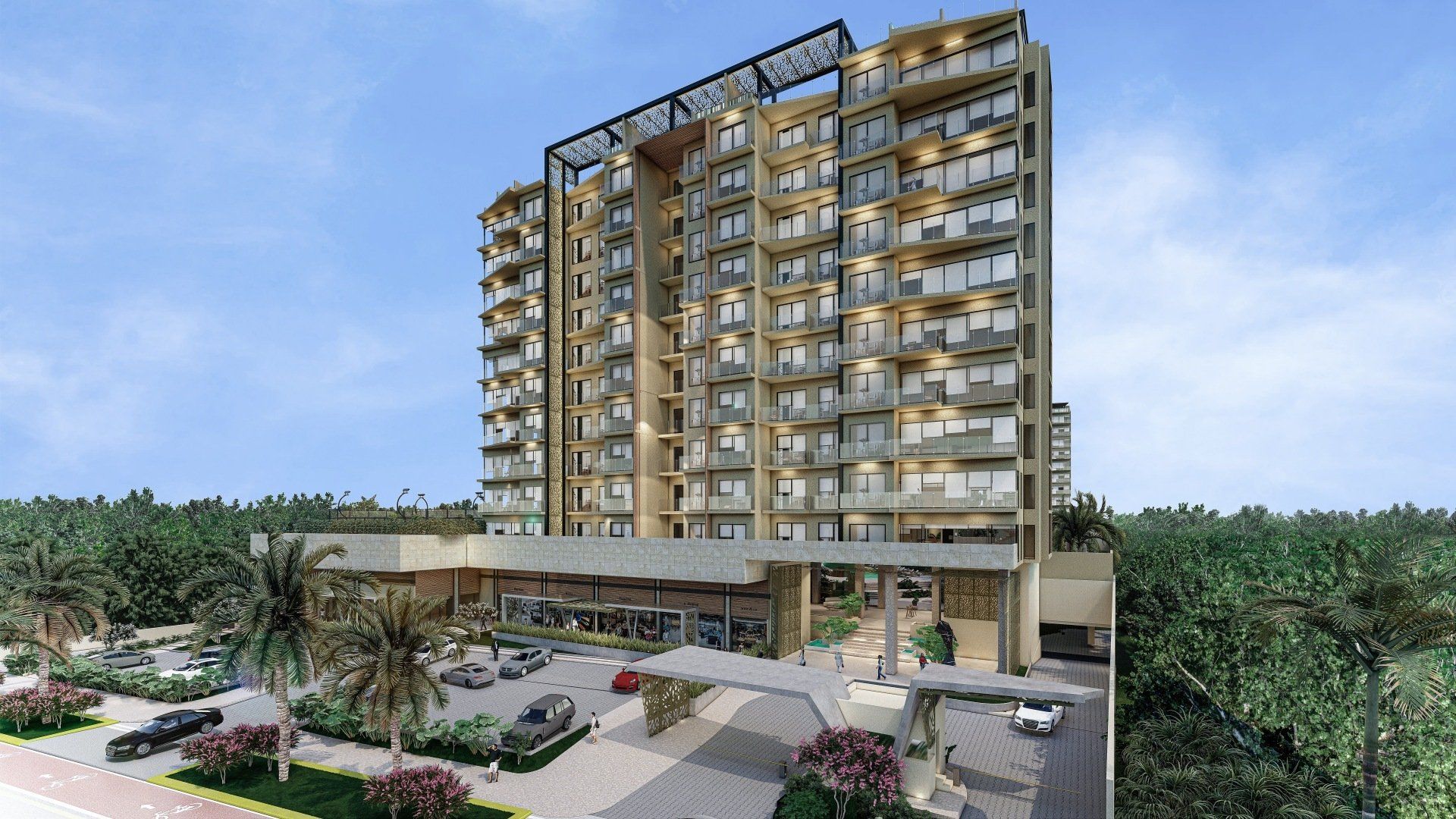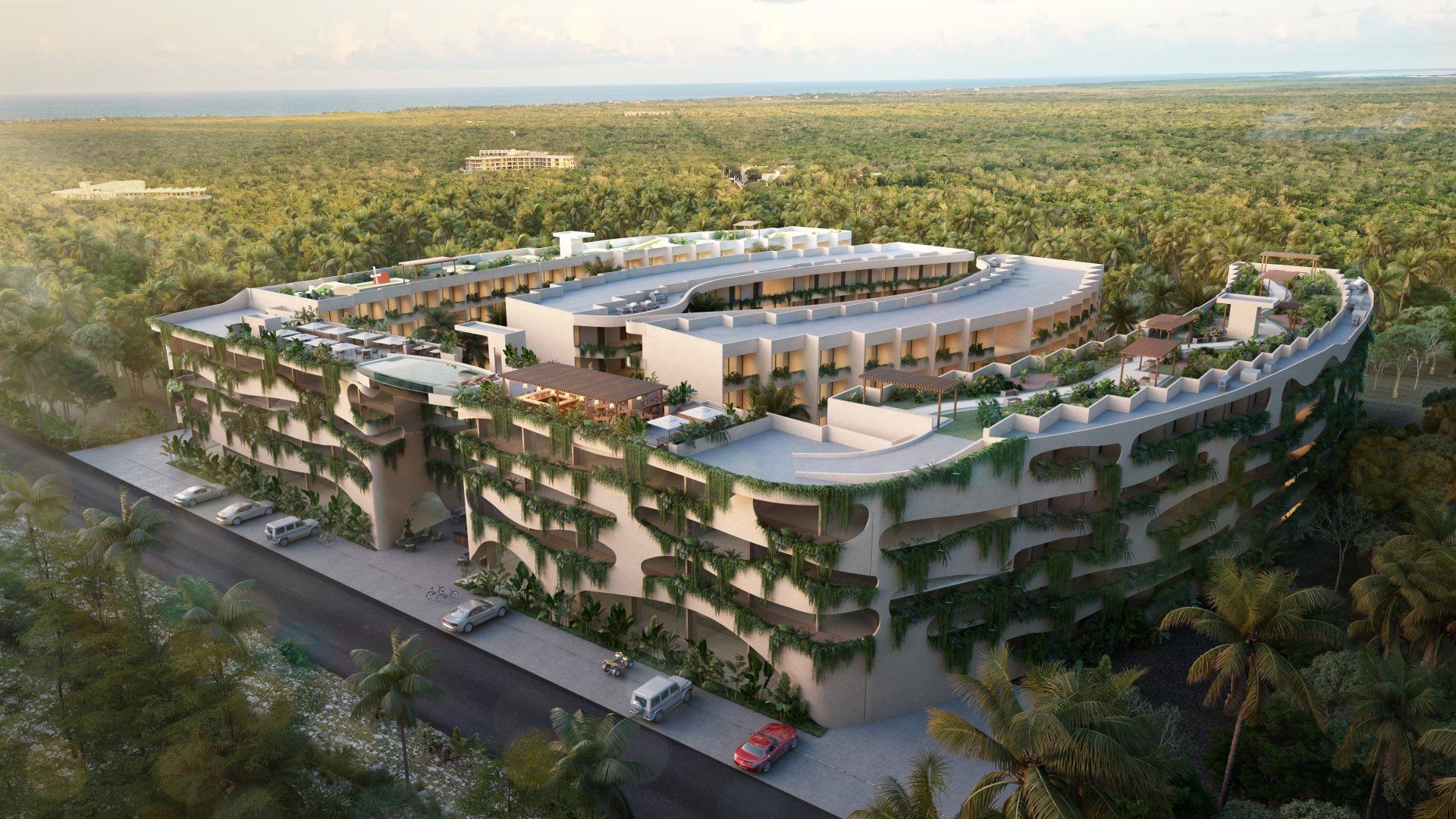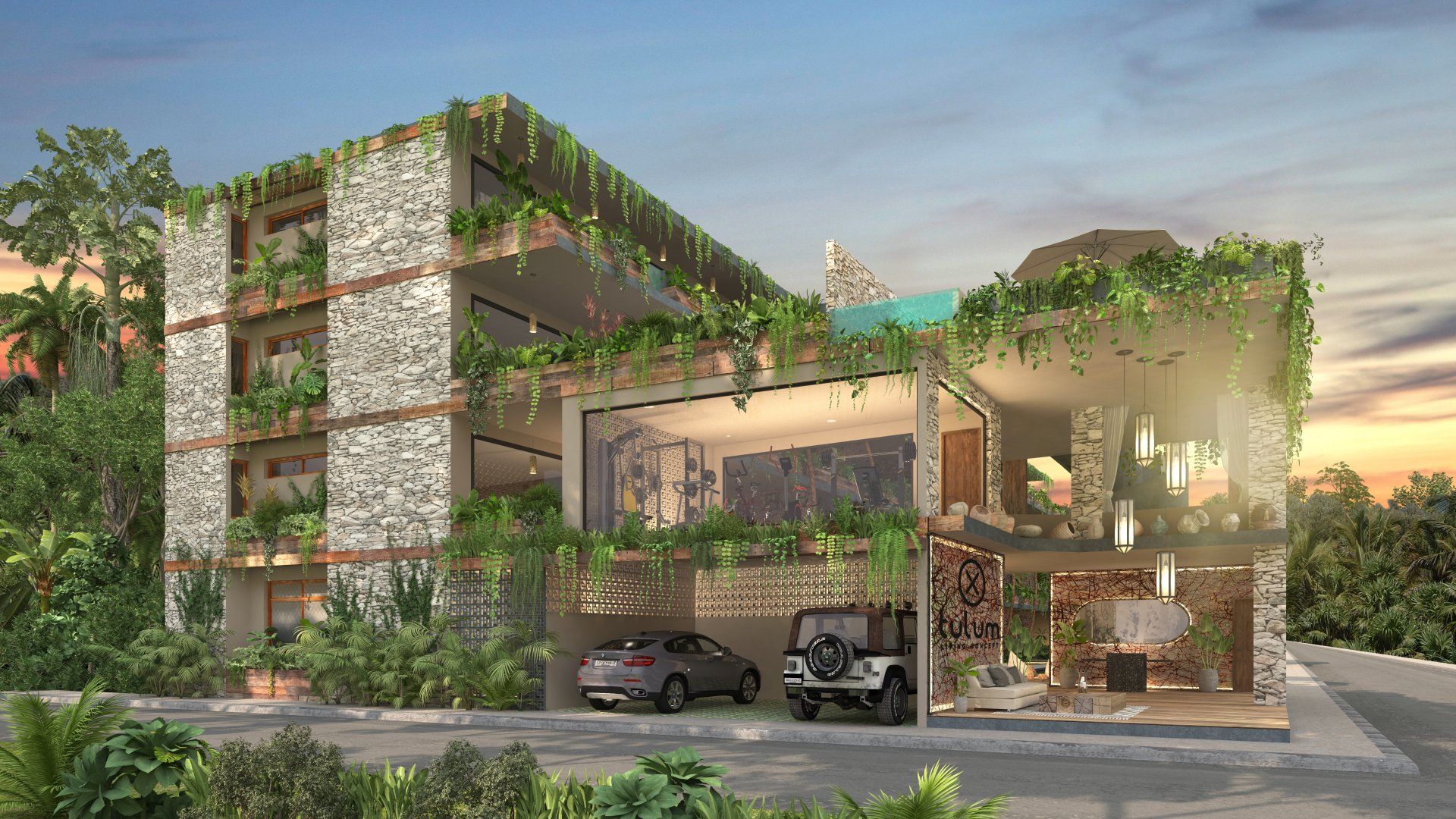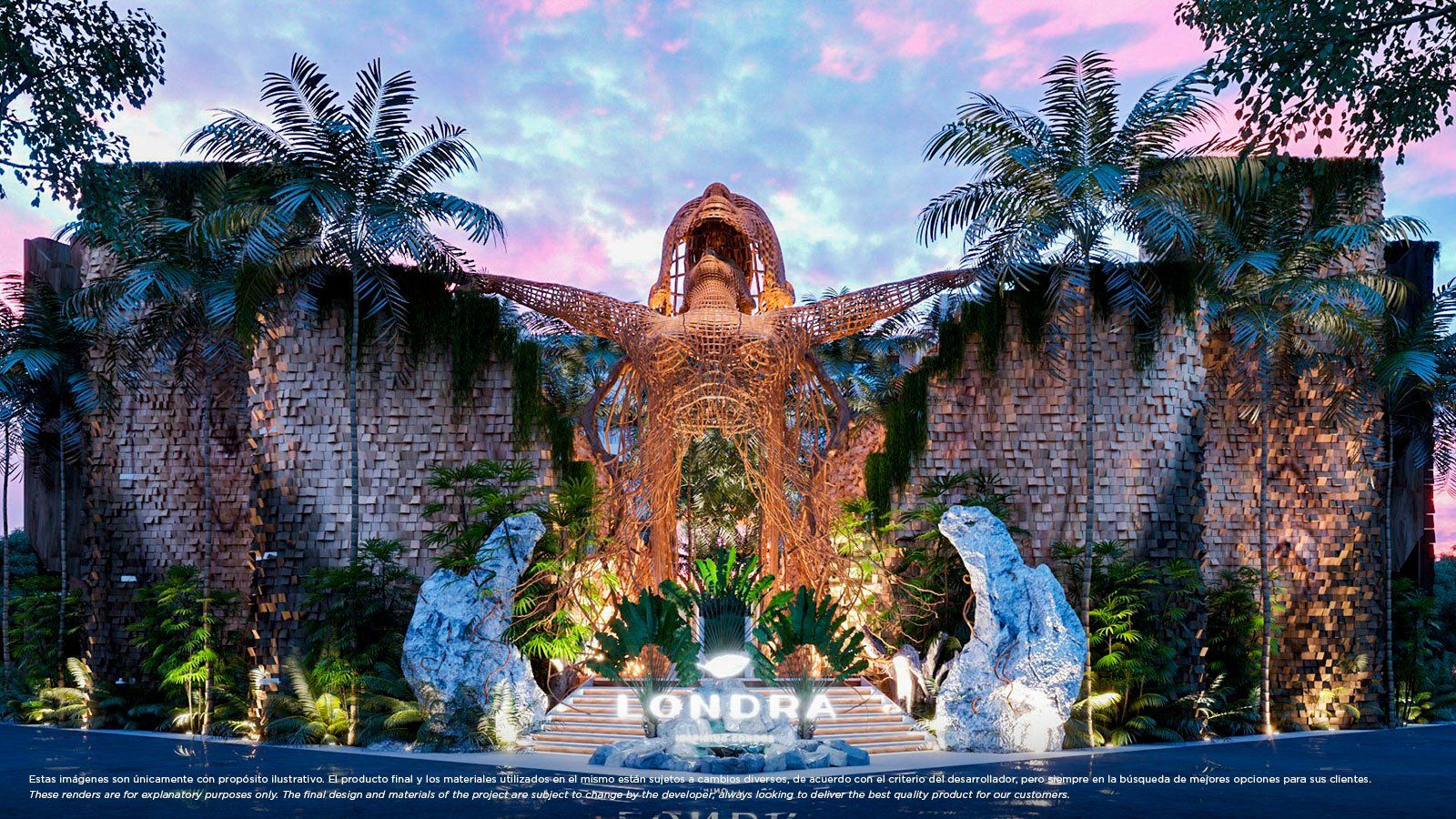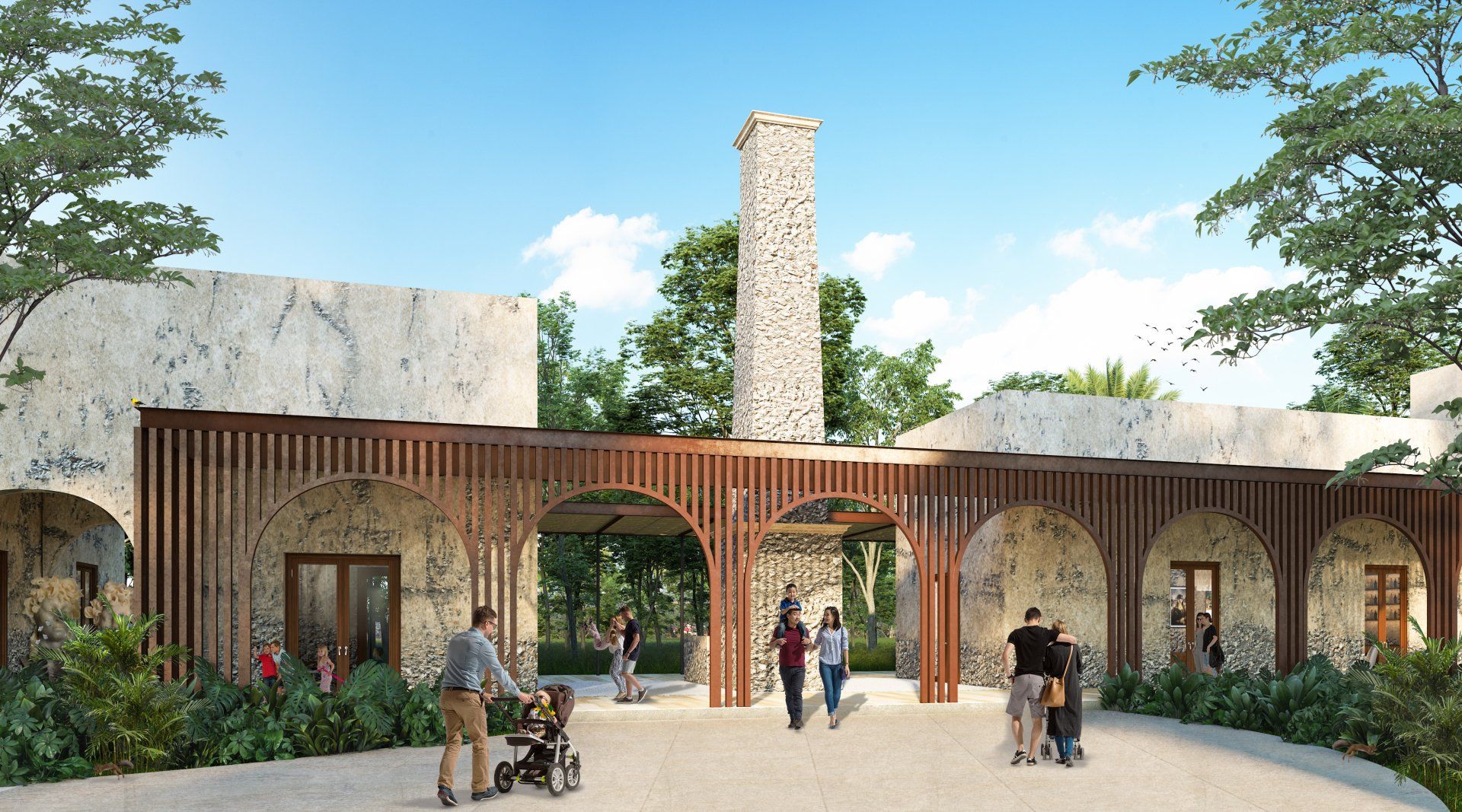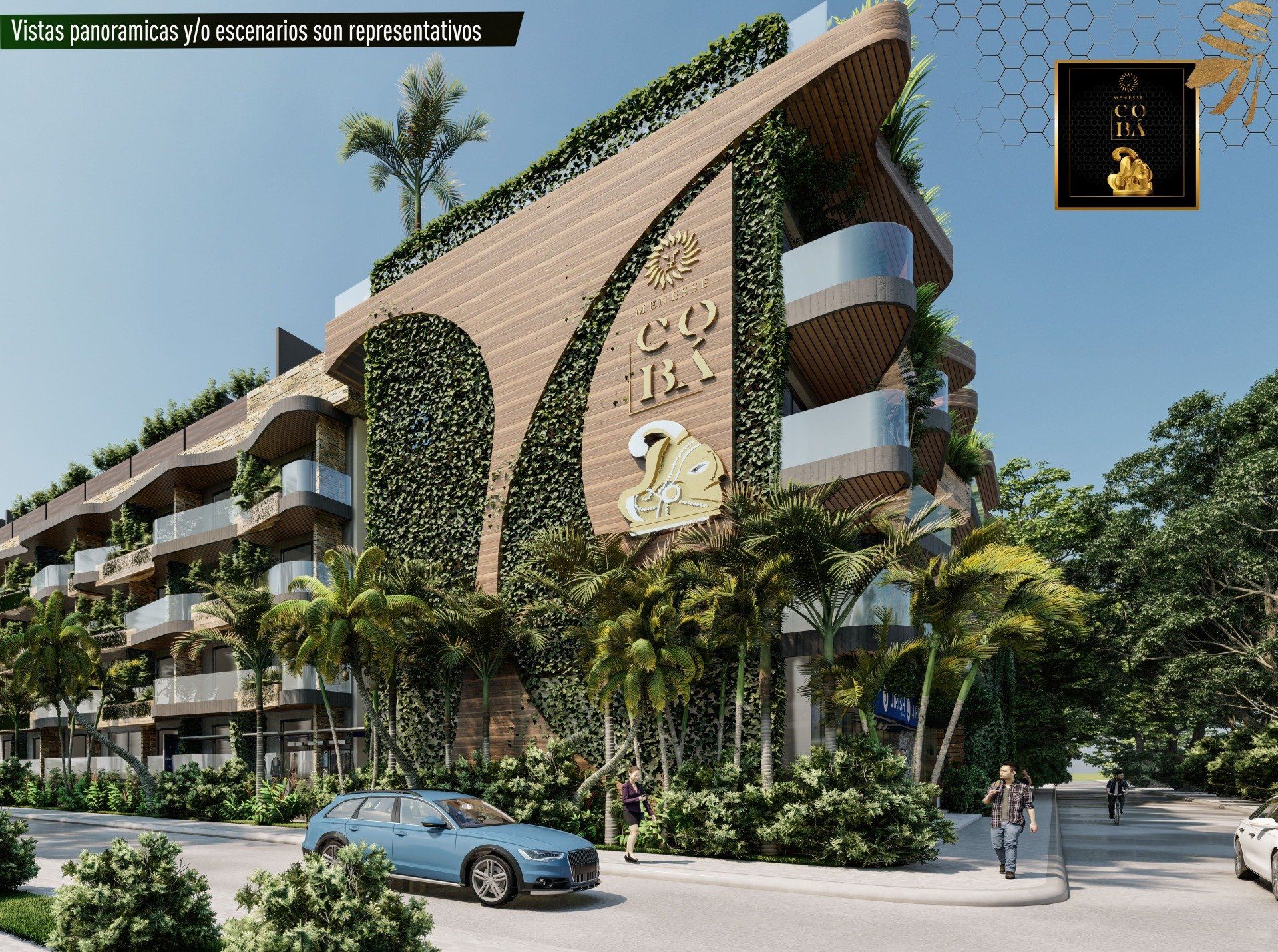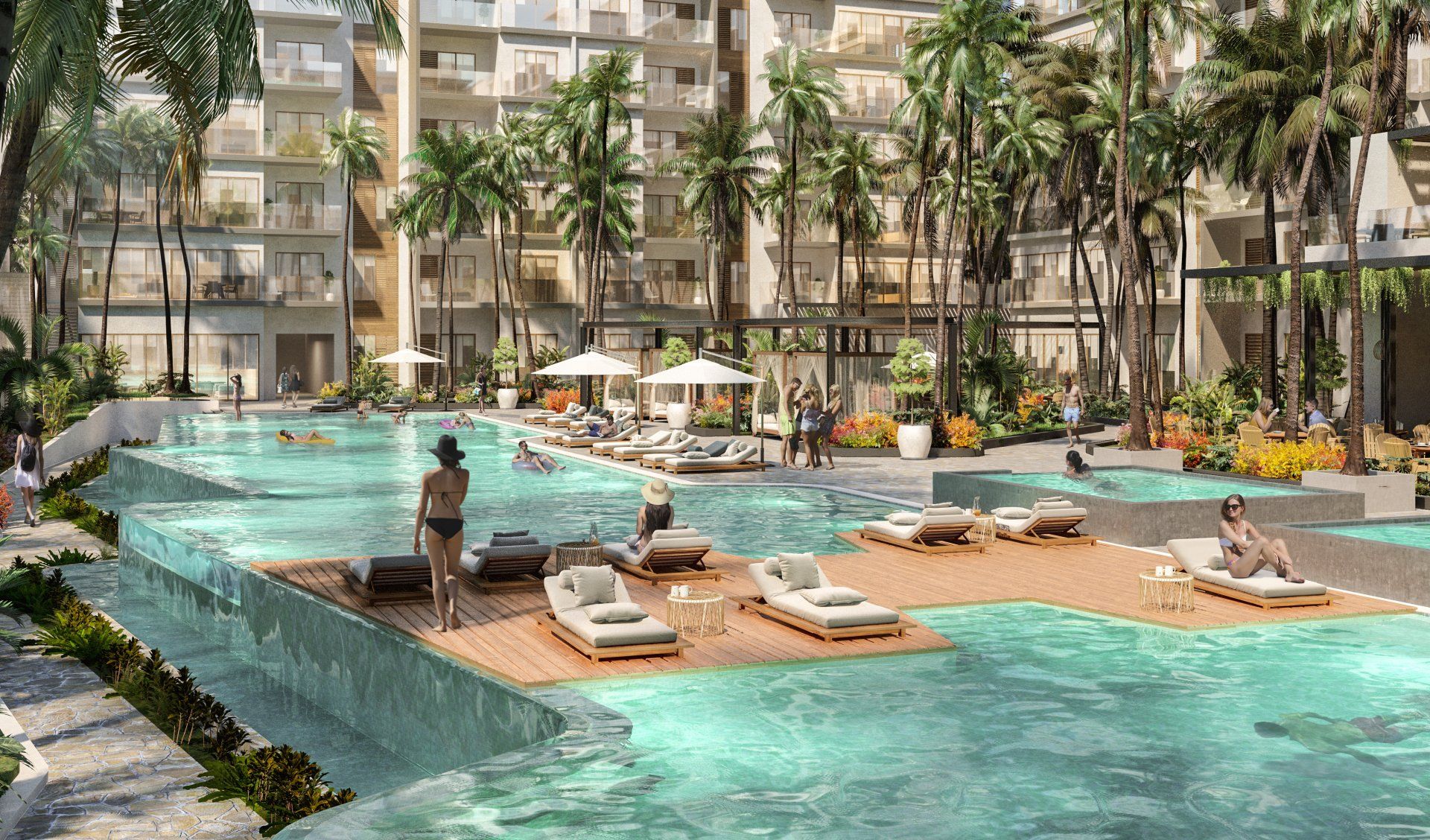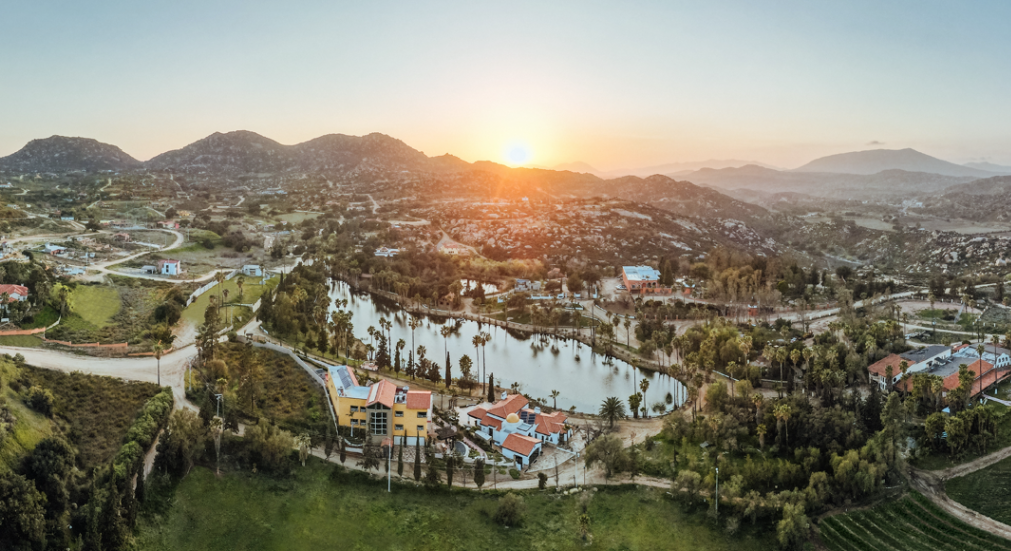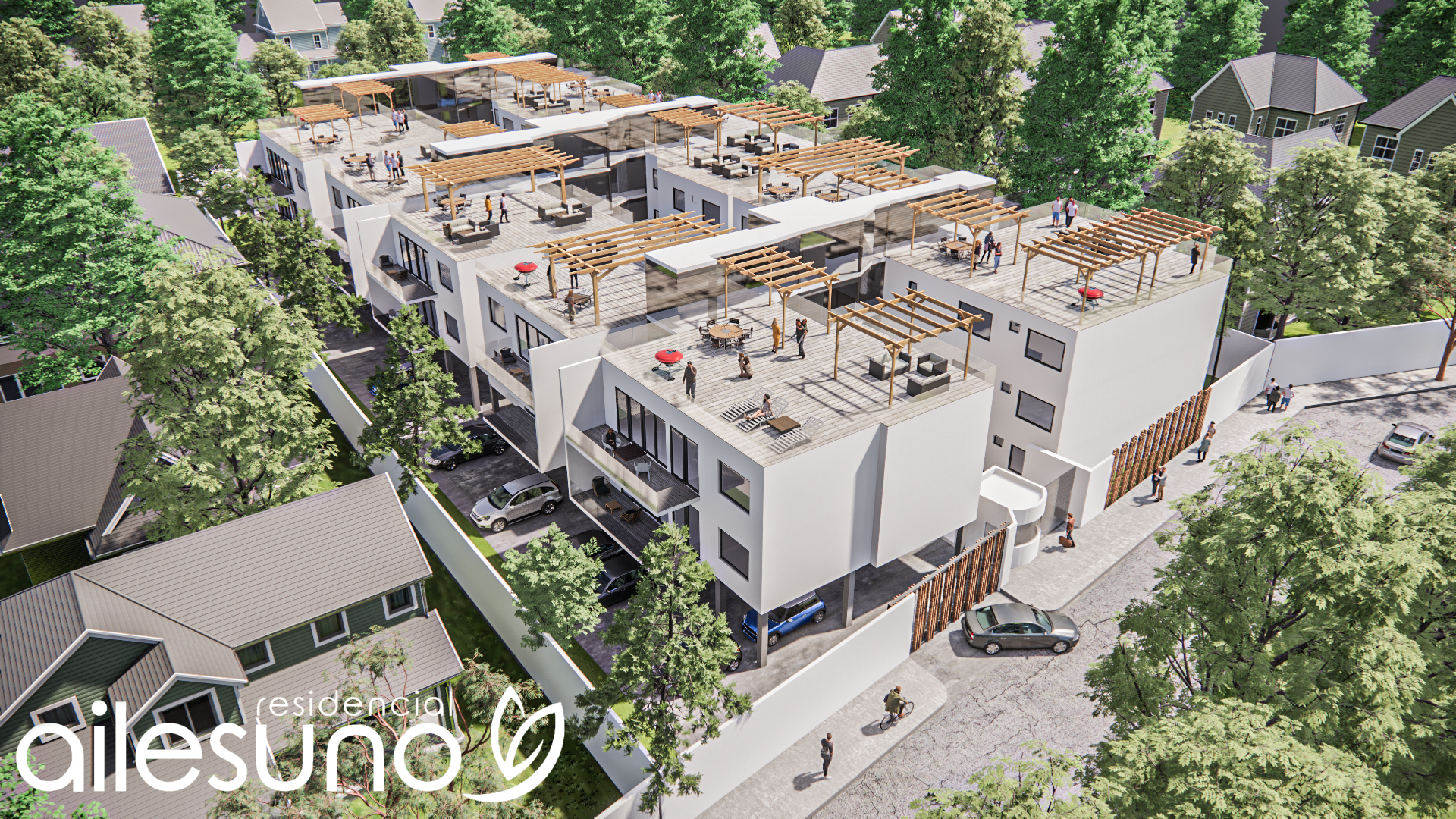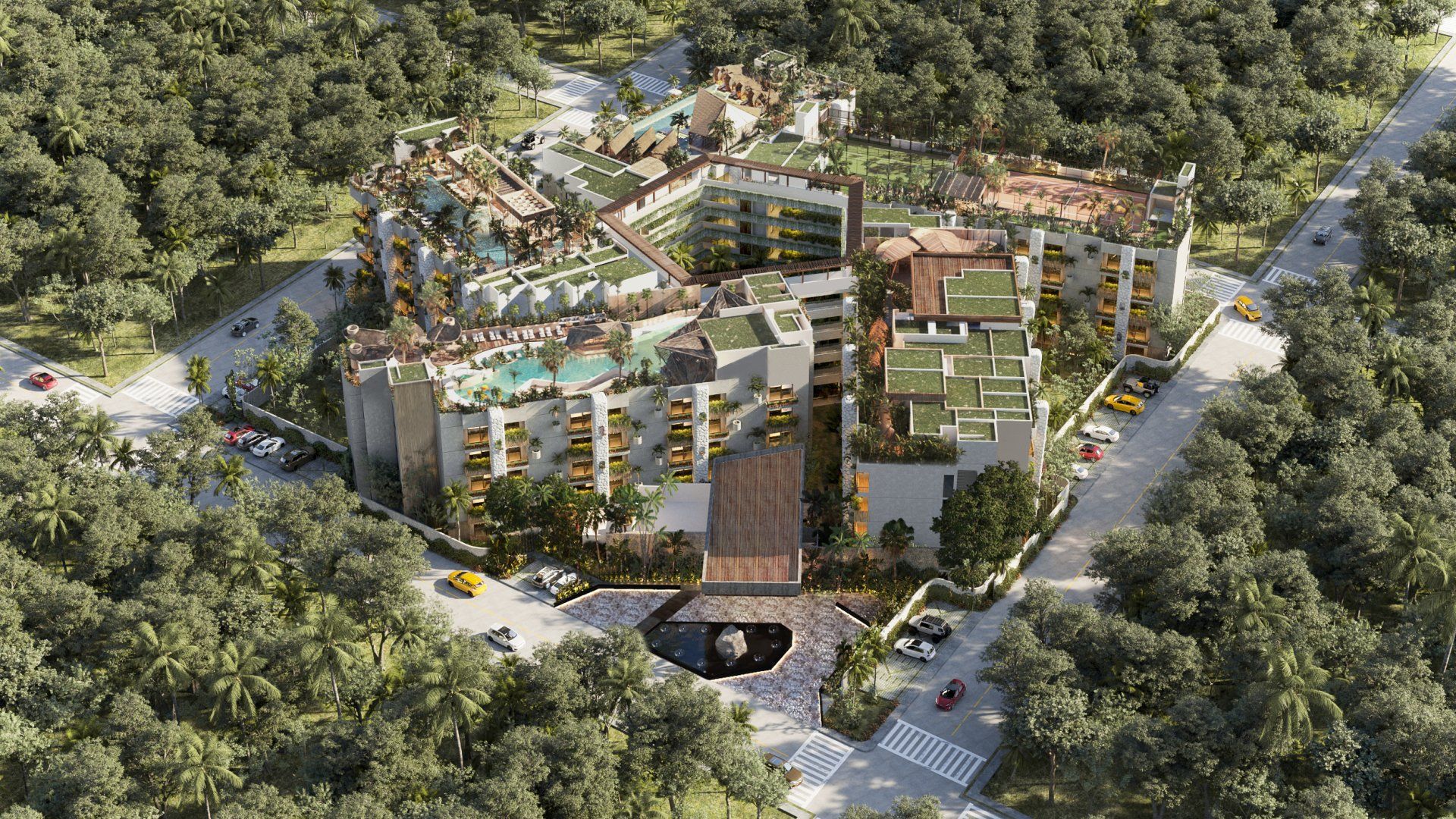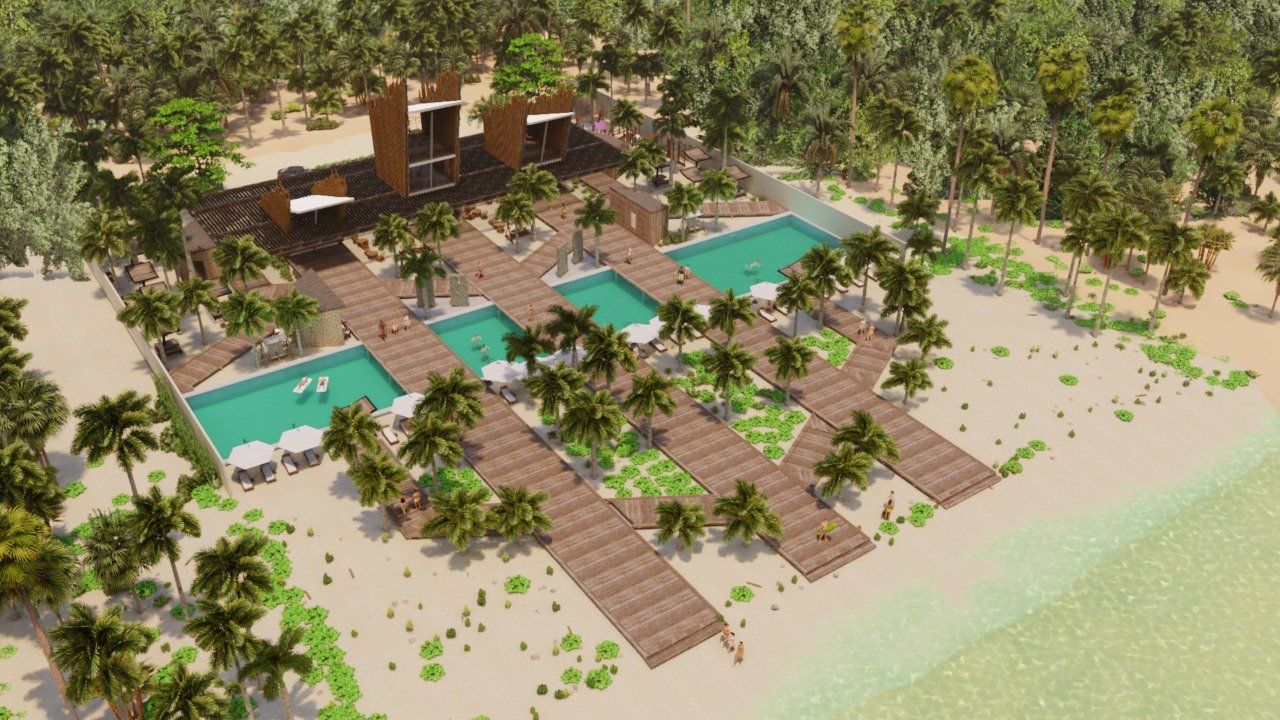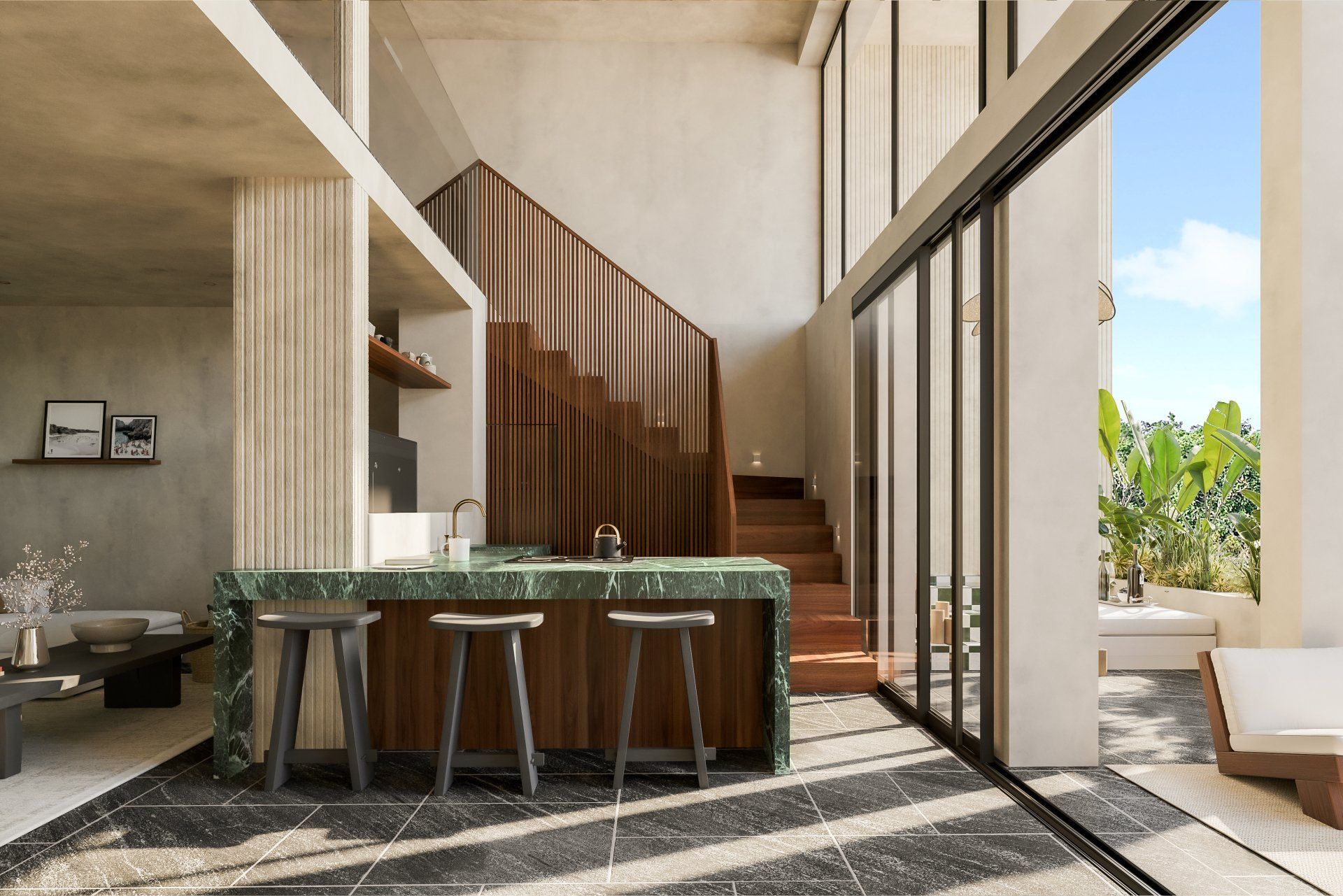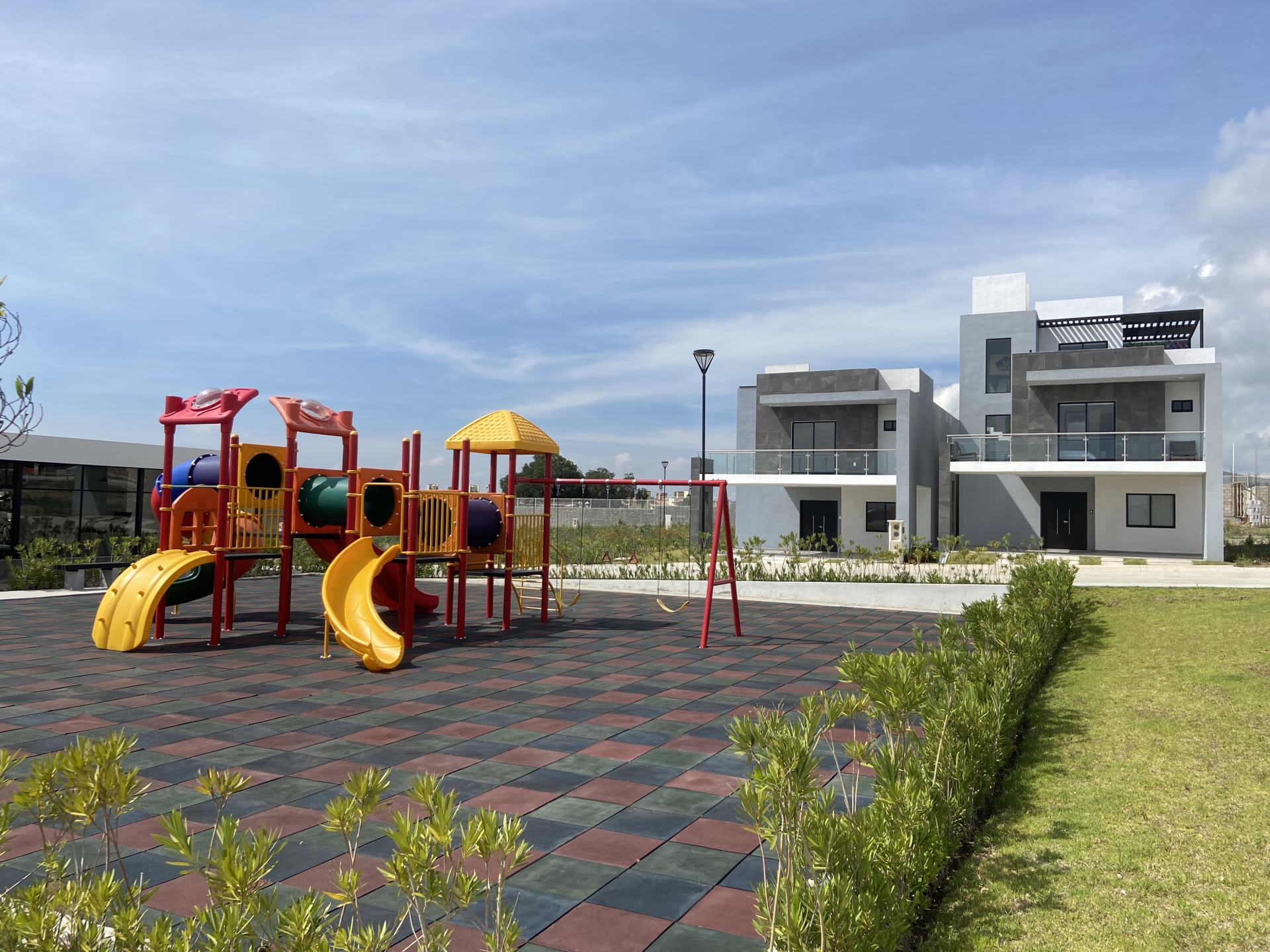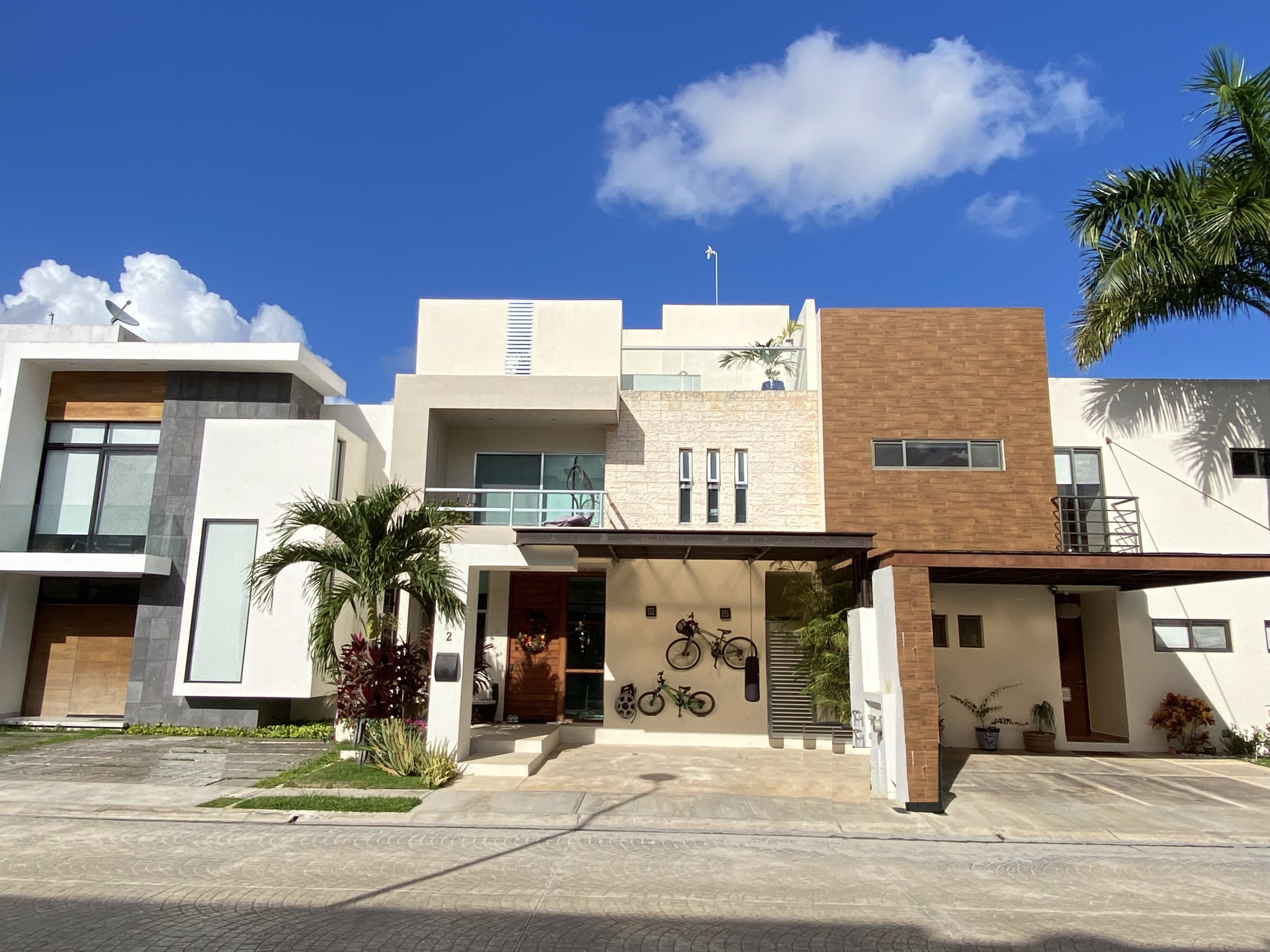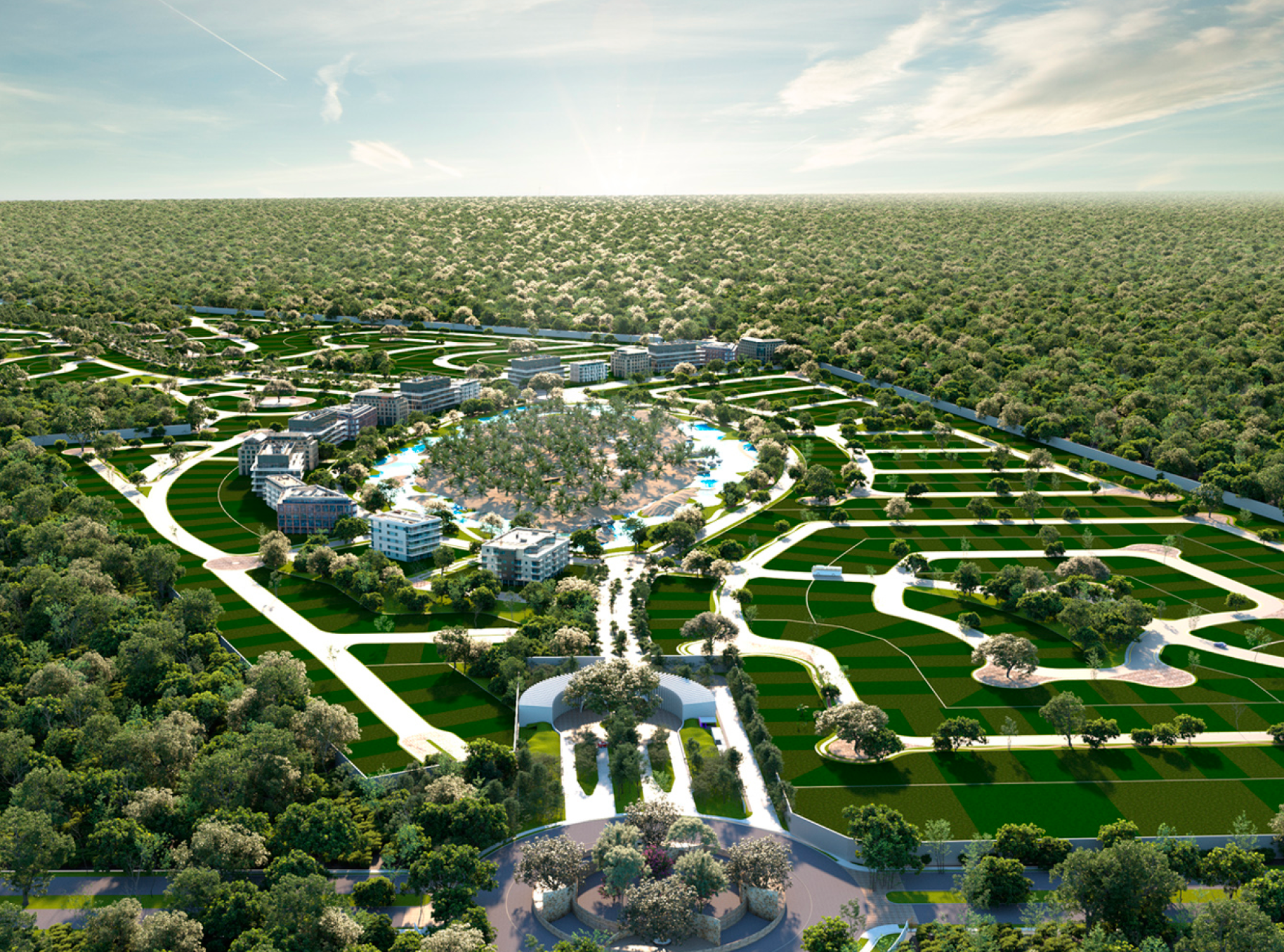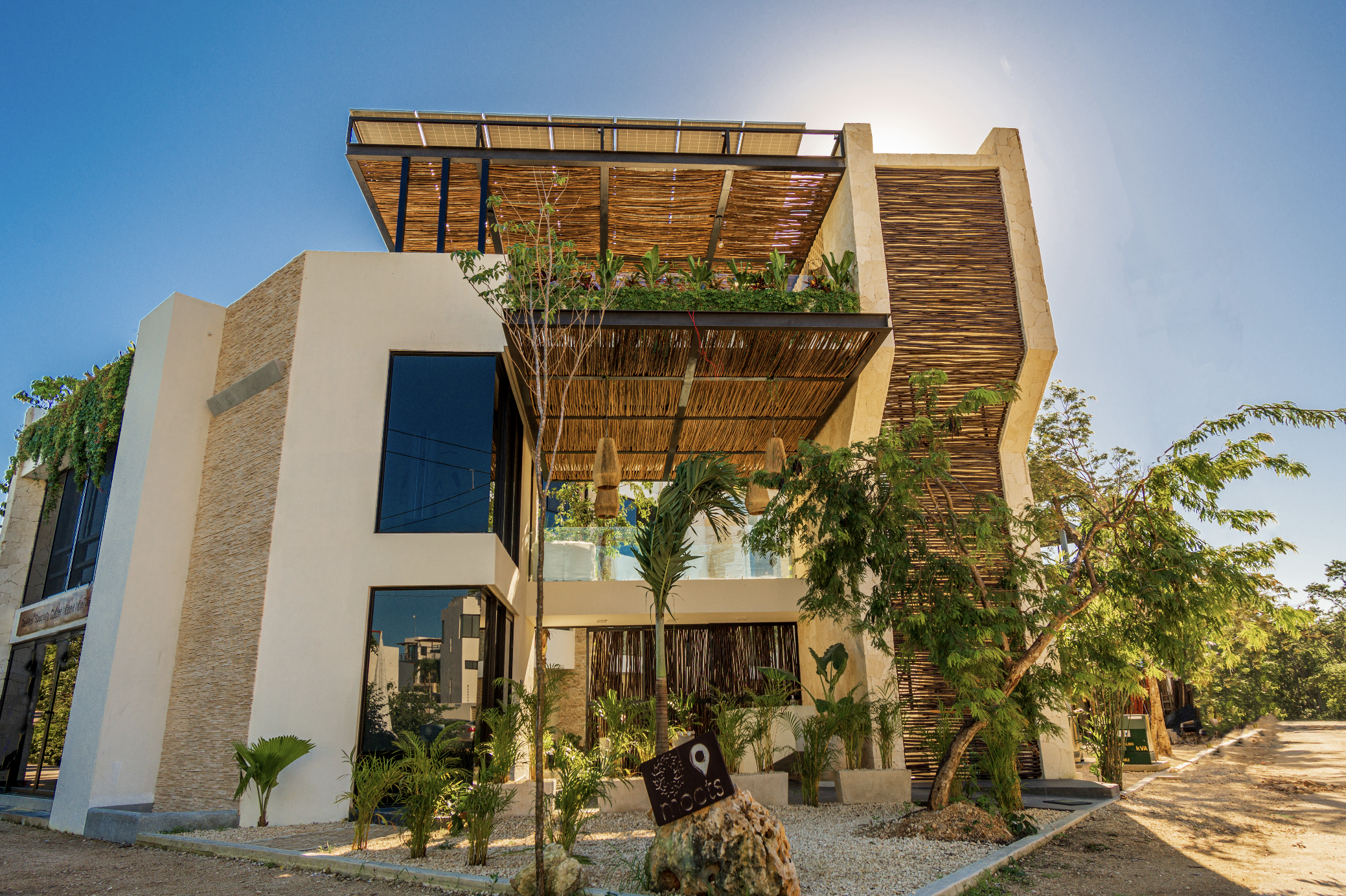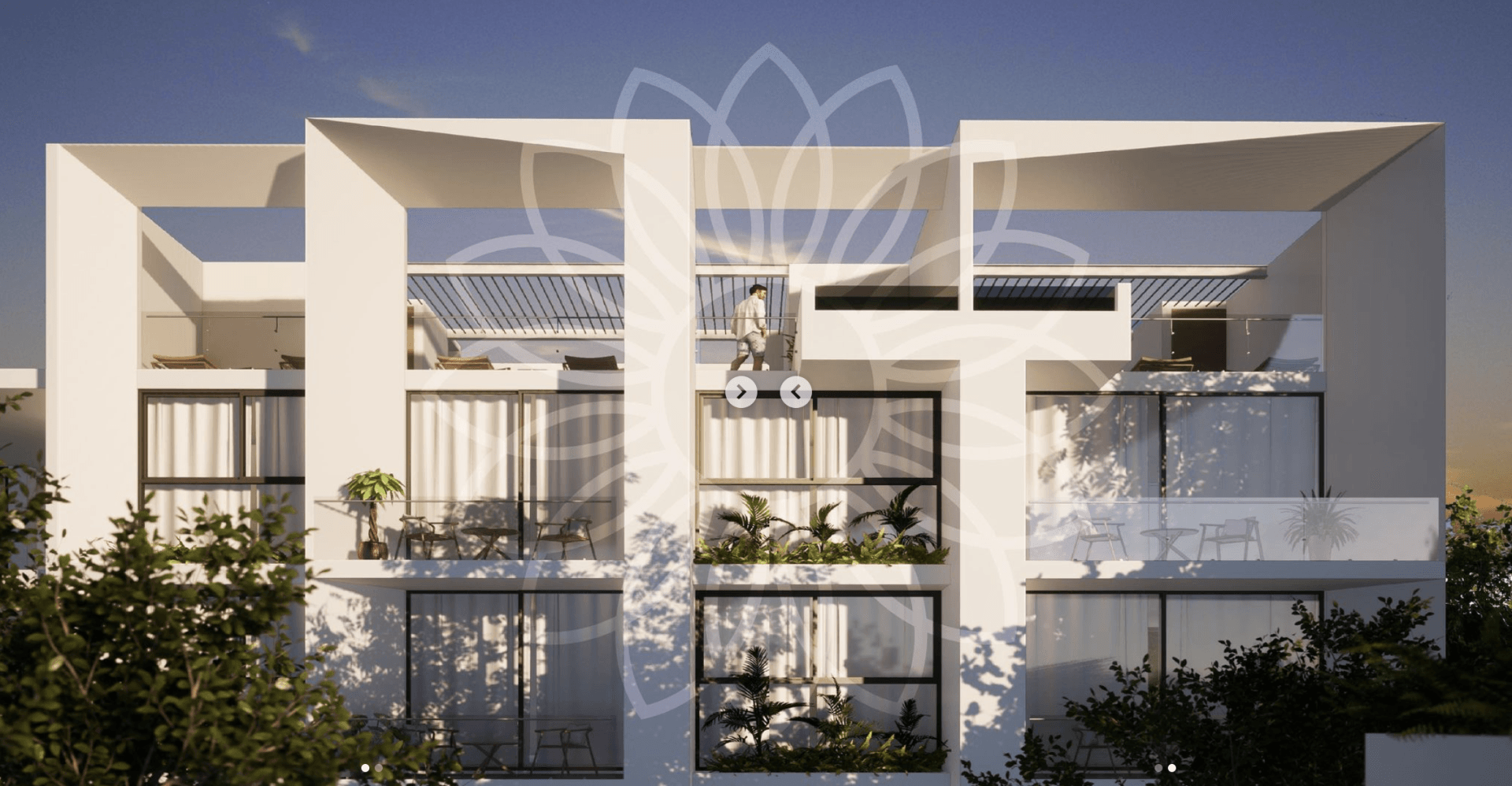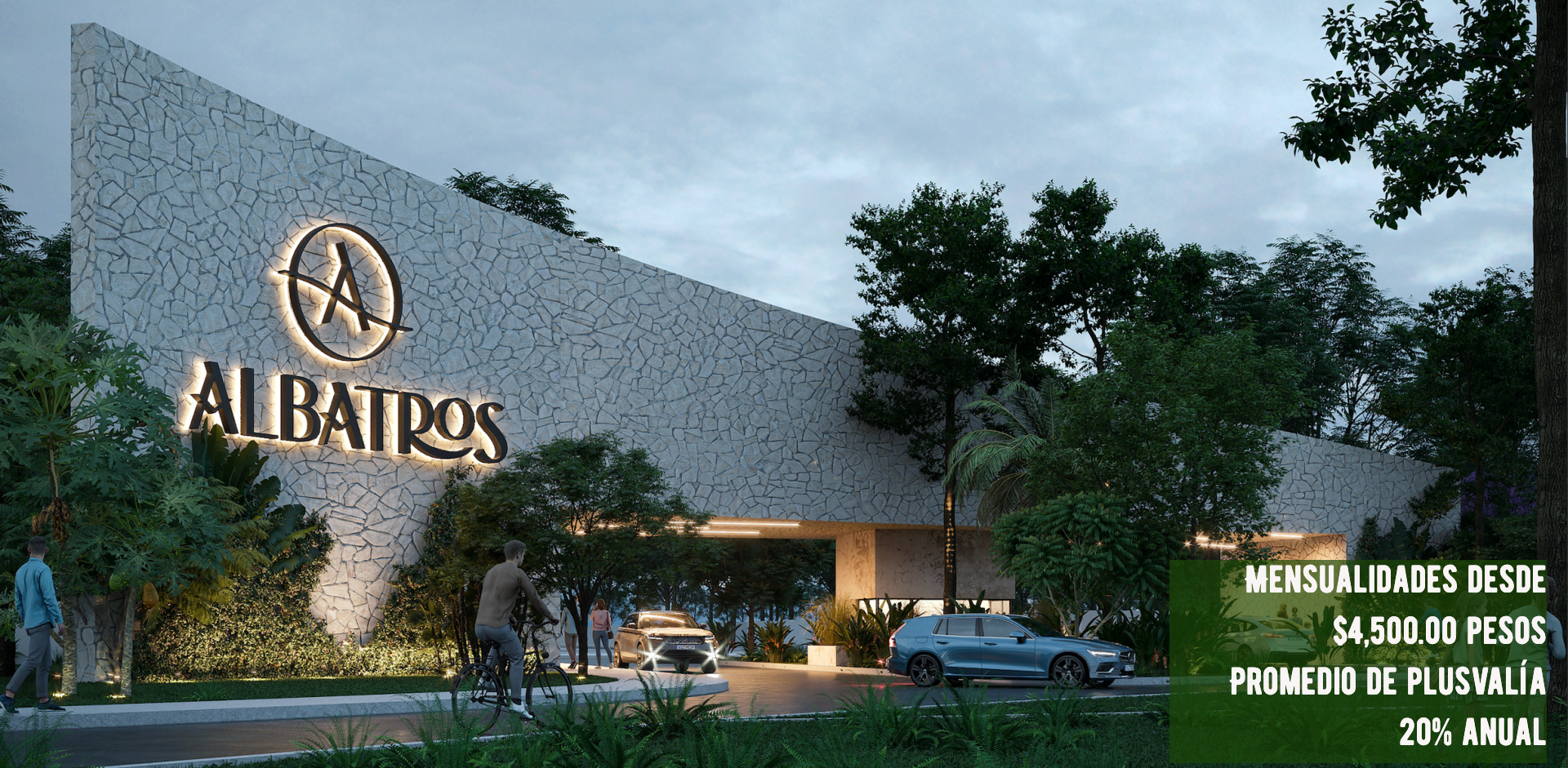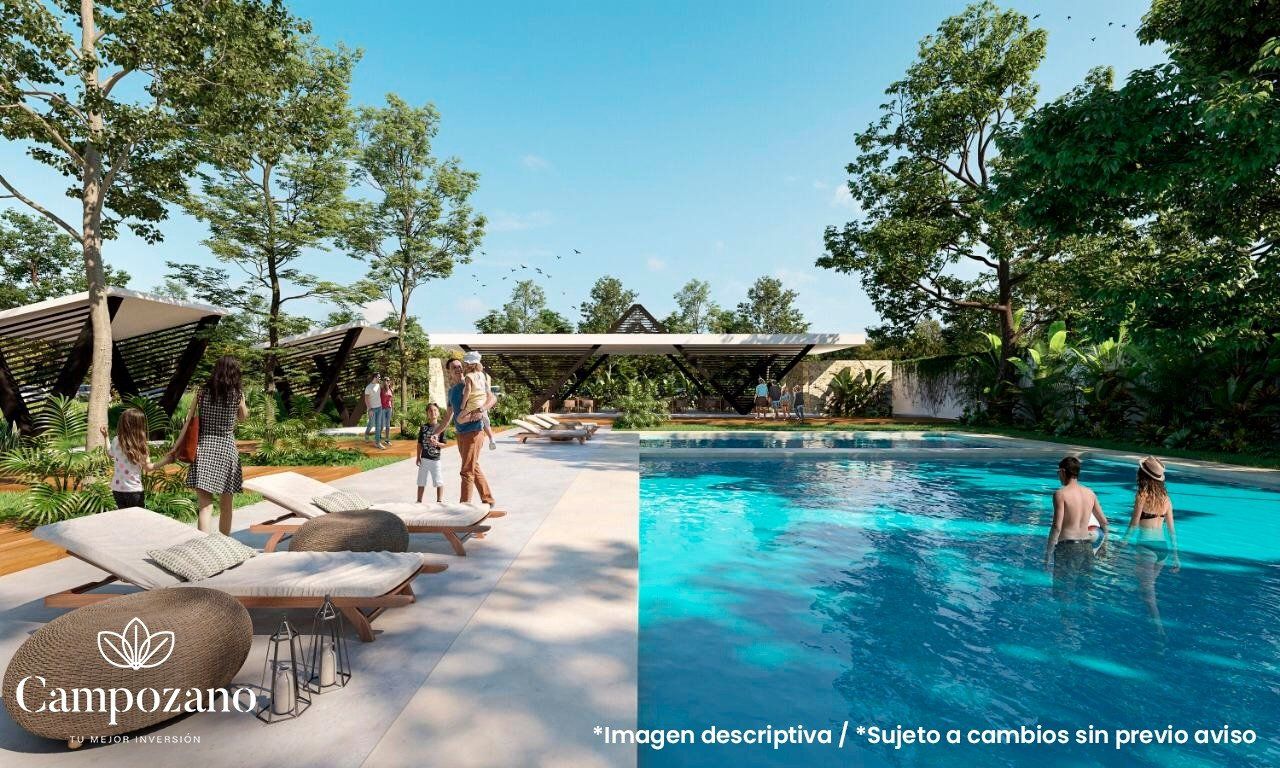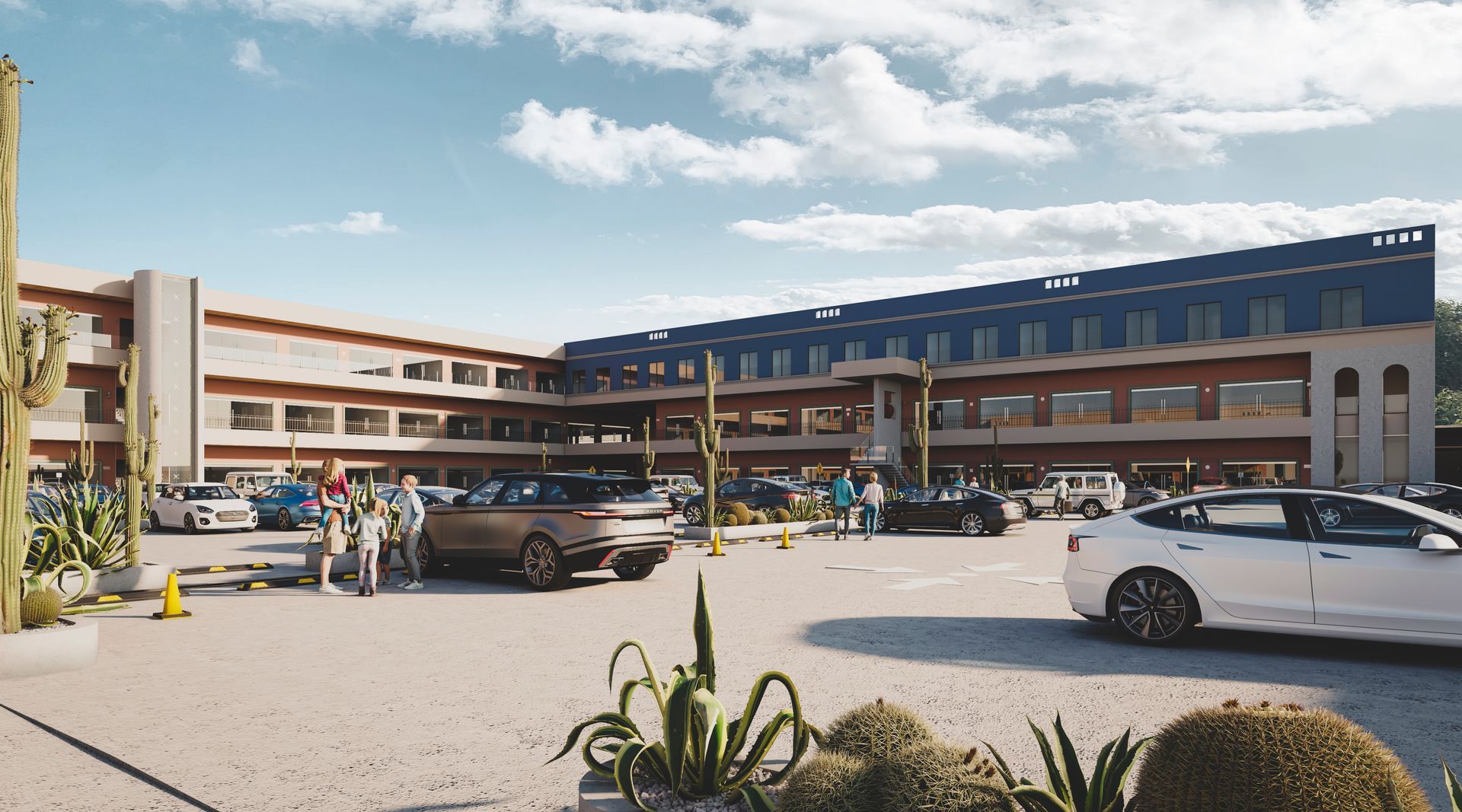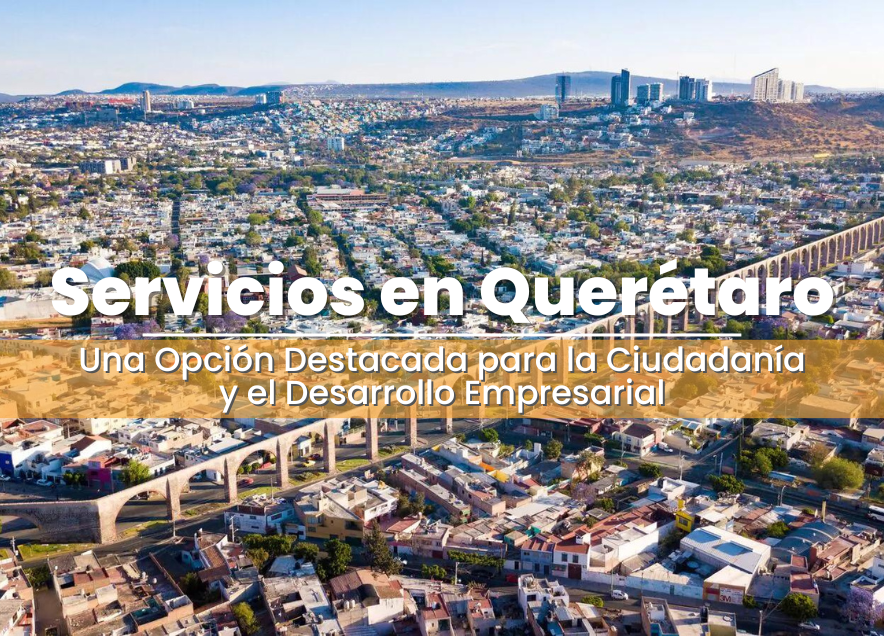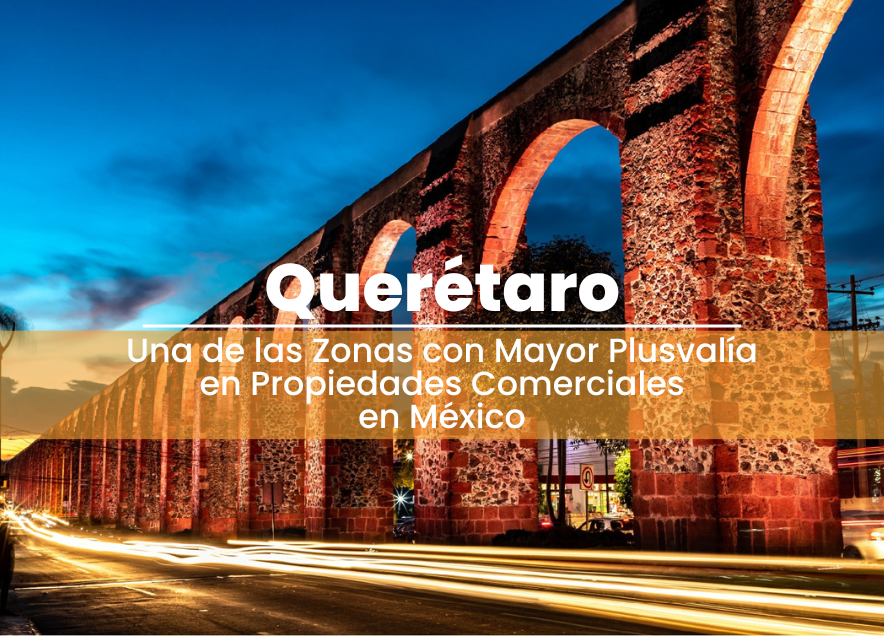Building a Sustainable Future: The Role of Sustainability in Mexico's Real Estate Sector
The real estate sector plays a crucial role in shaping the environmental impact of our communities. In recent years, there has been a growing recognition of the importance of sustainability in the construction and management of properties in Mexico. This article aims to shed light on the significance of sustainability in the Mexican real estate industry by showcasing various ecological initiatives and green technologies utilized in property development and operations.
Importance of Sustainability in the Mexican Real Estate Sector
Sustainability has become a key consideration in the Mexican real estate sector, driven by the need to address environmental concerns and promote a greener future. Developers, architects, and property managers are increasingly incorporating sustainable practices into their projects to reduce energy consumption, minimize waste, and mitigate the industry's ecological footprint.
Sustainable Building Design and Construction
One of the primary ways the real estate industry in Mexico is embracing sustainability is through innovative building design and construction techniques. Green building certifications such as LEED (Leadership in Energy and Environmental Design) and EDGE (Excellence in Design for Greater Efficiencies) are gaining prominence. These certifications ensure that buildings are designed and constructed with a focus on energy efficiency, water conservation, use of eco-friendly materials, and improved indoor air quality. The incorporation of natural lighting, renewable energy systems, and rainwater harvesting are just a few examples of sustainable practices being implemented in the construction of properties across Mexico.
One of the primary ways the real estate industry in Mexico is embracing sustainability is through innovative building design and construction techniques. Green building certifications such as LEED (Leadership in Energy and Environmental Design) and EDGE (Excellence in Design for Greater Efficiencies) are gaining prominence. These certifications ensure that buildings are designed and constructed with a focus on energy efficiency, water conservation, use of eco-friendly materials, and improved indoor air quality. The incorporation of natural lighting, renewable energy systems, and rainwater harvesting are just a few examples of sustainable practices being implemented in the construction of properties across Mexico.
Green Technologies for Property Management
Beyond construction, sustainable property management practices are also gaining traction in Mexico. Green technologies are being utilized to optimize energy consumption, reduce water usage, and enhance operational efficiency in buildings. Energy management systems, smart meters, and automated lighting controls are being deployed to monitor and regulate energy usage, resulting in reduced carbon emissions and lower utility costs.
Water conservation is another vital aspect of sustainable property management. Implementing water-efficient fixtures, such as low-flow toilets and sensor-based faucets, helps minimize water waste. Additionally, the installation of advanced irrigation systems and water recycling technologies contributes to the sustainable management of water resources in and around properties.
Collaborative Initiatives and Government Support
Sustainability in the real estate sector is not solely driven by private entities; collaborative initiatives between industry stakeholders and government bodies play a significant role. The Mexican government has introduced regulations and incentives to encourage sustainable building practices. For instance, the National Strategy for Sustainable Building aims to foster environmentally friendly construction, improve energy efficiency, and reduce greenhouse gas emissions.
Furthermore, organizations such as the Mexican Green Building Council and local sustainability networks provide platforms for knowledge sharing, best practices, and professional development. These collaborations facilitate the exchange of ideas and innovations, fostering a culture of sustainability within the industry.
The incorporation of sustainability practices in the Mexican real estate sector is of paramount importance in addressing environmental challenges and creating more sustainable communities. By embracing sustainable building design, utilizing green technologies in property management, and promoting collaborative initiatives, the industry can significantly reduce its ecological impact. As Mexico continues to prioritize sustainability, we can expect a future where real estate development and operations go hand in hand with environmental responsibility.
Sources:
- Mexican Green Building Council. (n.d.). LEED Project Directory. Retrieved from [https://www.mxgbc.org/directorio-de-proyectos-leed/]
- U.S. Green Building Council. (2021). LEED. Retrieved from https://www.usgbc.org/leed
- Secretaría de Medio Ambiente y Recursos Naturales (SEMARNAT). (n.d.). Estrategia Nacional de Edificación Sustentable (ENES). Retrieved from
https://www.gob.mx/semarnat/documentos/estrategia-nacional-de-edificacion-sustentable-enes-224378
COMPARTE ESTE ARTÍCULO
WEBINAR PREGRABADO:
ESTRATEGIA 5x3
PARA CALIFICACIÓN DE
LEADS INMOBILIARIOS
Propiedades Promocionadas
SPIRIT 1978
¡Invierte en Playa del Carmen, departamentos desde $2.3 MDP!
GRAN VÍA DEL MAR
¡Aparta tu Terreno en Puerto Morelos! Gran Vía del Mar es una oportunidad para hacer crecer tu inversión.
GOBERNADOR
¡Aparta tu depa a 5 minutos de la playa!
NORANTA BY DOS70
¡Aparta tu depa de liujo en Tijuana!
ÁRVORE
¡No esperes más para tener el hogar que mereces!
LUMIA
¡Agenda tu cita y no te pierdas de una excelente oportunidad de inversión!
ALTOZANO
¡Agenda una cita, inicia el año en la comodidad de tu nuevo hogar!
SIWÁ ÉLEVÉ
Invierte en Tulum, departamentos desde $209,841.41 USD!
AMARES
¡Vive en un residencial de lujo que tiene todo lo que necesitas para ti y tu familia!
XKAA TULUM
Asegura una excelente plusvalía y vive en los mejores destinos de Riviera Maya!
EPIC CENTER CONSTITUYENTES QUERÉTARO
¡Querétaro, el impulso que hace despegar tus aspiraciones!
SIWÁ ÉLEVÉ
Invest in Tulum, apartments from $209,841.41 USD!
XKAA URBAN CONDOS
¡Invierte en Playa del Carmen, departamentos desde $2.3 MDP!
LOMAS AURORA
Vive a minutos de Xcaret, la playa. zona diamante, con amenidades de lujo para toda la familia
AURORA TOWERS
Invierte en la zona con mayor crecimiento en Cancún
KABAX
Invest in Playa del Carmen, apartments from $130,000 USD!
KABAX
¡Invierte en Playa del Carmen, departamentos desde $2.2 MDP!
VISTALAGO
¡Agenda tu visita!
VISTALAGO
¡Agenda tu visita!
SHAKE LA REVU
Excelente oportunidad para inversionistas cerca de la frontera. ¡Agenda tu cita para asegurar las primeras listas de precio y los descuentos comerciales mas altos!
JUNMAO
Asegura el futuro de tu familia, invierte en Junmao. Aprovecha los precios de pre-construcción y compra tu villa.
JUNMAO VILLAS
Secure your family's future, invest in Junmao.
Take advantage of pre-construction prices and buy your villa.
OVVA
¡Envía tu mensaje, invierte ahora y obtén rendimientos estimados del 9-10%!
DISTRITO MATERA
Vive, Trabaja y Diviertete en un mismo Lugar
MAGIC VILLAGE
Protege tu patrimonio e invierte en dólares en una de las ciudades de mayor proyección en USA.
GAUTAMA
¡VIVE TULUM!
MIAMOR REAL ESTATE
Más información
KOA
¡Aparta tu unidad con 100,000 pesos!
CHAMPIONSGATE
¡No esperes mas, dolariza tu patrimonio y comienza a recibir grandes rendimientos!
SUR 307
¡Aprovecha precios de preventa y asegura tu inversión!
IKAL
¡Aparta tu lote ya y disfruta de la Riviera Maya!
LOCH PLEASURE TULUM
Pregunta cómo puedes generar ingresos mensuales y rentabilizar tu inversión, generando hasta un 35% anual
ARAQUUNA RESIDENCIAL
¡Todo inicia con un primer contacto. Agenda HOY una videollamada con nosotros!
ANTARES BARCELONA
¡Invierte en la torre residencial más alta de Barcelona, España y obtén tu visa de residente!
SOHO MORELOS
¡Vive o invierte en un lugar emblemático e histórico, agenda tu cita!
COORDENADA LAFAYETTE
Un lugar cerca de todo ¡Invierte, réntalo o vívelo! Agenda tu cita, Ven y conoce nuestro departamento muestra y amenidades
OKÜN LIVING
UNA VIDA EN EQUILIBRIO, Okün es un paraíso residencial rodeado de naturaleza, Una experiencia inspirada en tu balance y bienestar. ¡Contáctanos para mayor información!
LIVET OTTAWA
¡ONLY ONE LIFE LIVET YOURS!, Un entorno mágico y lleno de vida, ven y conoce un desarrollo que destaca la esencia de la zona, ¡haz tu cita!
CASAS IKAL
¡Aprovecha precios de construcción del año pasado!
Haz la mejor decisión para tu patrimonio hoy y conviértete en el mejor inversionista del 2022
BOHEMIAN LA VELETA
Disfruta el “un lugar donde nace el cielo” que te cautivara con sus cenotes, arquitectura sin igual, el turquesa del mar caribe y su sin igual arena blanca que atrapan al turismo nacional e internacional.
EVANYSSE TULUM PURE
¡Conoce más!
TAELUM ENDEMIC RESORT
¡Conviértete en Miembro Co-Fundador de Taelum!
VALLE AURORA CANCUN
¡Garantiza tu patrimonio e invierte en la zona de mayor crecimiento y plusvalía!
DALAI DK
Utilidad de hasta un 35% en un año
TAELUM ENDEMIC RESORT
Contact us and become a co-founder member of Taelum!
XAMIRA
SOLD OUT
CANCÚN + SMART CITY
¡Contáctanos para que un ejecutivo te asesore y sé parte de CANCÚN + SMART CITY!
LONDRA
¡Aprovecha la oportunidad de invertir en la mejor zona de Tulum!
EBULÁ - MANQUE
Solicita una cotizacion y aparta tu lote con $2,000 pesos
MENESSE COBA
La prevención de la mayoría es la oportunidad de los audaces. ¡Contáctanos!
CUMBRES BARREAL
¡Haz tu cita hoy mismo!
GRAND FLORA RESIDENCIAL
¡Últimas casas disponibles, no te pierdas la gran oportunidad de estrenar el hogar de tus sueños!
VALLE AURORA
It is time to invest, guarantee your heritage!
EOS TULUM
Eos Tulum, a development without comparison, extension of garden and landscape!
RANCHO TECATE
Invest in your country's land and get a 300% capital gain!
EDEN
¡No esperes más y vive en el lugar que siempre soñaste!
RESIDENCIAL AILES UNO
Invierte en una de las zonas con mayor plusvalía de Atizapán
SOFIA BOUTIQUE CONDOS TULUM
¡Invierte, renta y disfruta en el Caribe!
TÓTEM
¡Aparta tu lote ya! ¡Vive en la playa y asegura tu patrimonio!
MAGIC VILLAGE BY PININFARINA
Excelente oportunidad de inversión, compre sin salir de su casa: soporte en el procedimiento de compra y financiamiento.
KANTA TULUM
¡Invierte en tu condominio desde $129,500 USD con alberca privada!
MONA / MIA TULUM
MONA/MIA TULUM,
Preventa de departamentos y lofts Boutique exclusivos en el mejor Residencial de Tulum -Aldea Zama.
CASAS EN PACHUCA
¡Contáctanos y recibe una asesoría gratuita!
LOTES EN PACHUCA
Es momento de invertir en el mejor desarrollo para ti y tu familia
CANCÚN PRIME
VENDIDA
ZAGORA
The Island Community. A 10 min de la playa a 15 min de centros comerciales y escuelas. Desarrollo con las mejores amenidades de la zona.
MONTEBLANC
Disfruta en familia de la playa y el parque.
Lotes desde 405 m2, Club de Playa,
todas las amenidades desde $2,500 pesos al mes.
IZANA
Una comunidad verde con Club de Playa
Lotes desde 405 m2. Parque central con
amenidades desde $2,500 pesos al mes.
KOMUNAH
Comunidad a 5 minutos del mar. Lotes desde 350 m2, amenidades únicas y diferentes, desde $5,000 pesos al mes.
VIA CAMPESTRE
El Proyecto - Tú proyecto de inversión. A solo 15 minutos de Mérida y 3 de Motul. Lotes desde 350 m2, desde $1,900 pesos al mes.
MOOTS TULUM
Invierte en Tulum y deja que tu propiedad se pague sola. Genera utilidades promedio, desde $35.000 pesos al mes.
SAK TULUM
Invierte en Tulum y deja que tu propiedad se pague sola. Genera utilidades promedio, desde $35.000 pesos al mes.
ALBATROS
¡Vive tranquilo!, La ubicación lo es todo. A 5 min de la playa a 15 min de centros comerciales y escuelas. Desarrollo con las mejores amenidades de la zona.
CAMPOZANO
Tu mejor inversión es hoy. Ubicación estrategica a minutos de la playa y del pueblo de Sisal. Lotes desde 250 m2 con mensualidades de $1,050 pesos.
ZENKAL
Vive bien, vive Zen. Lotes residenciales, con todo lo que buscas en el norte de Mérida Inigualable ubicación, todas las amenidades.
Lanzamiento Feb.21 30% VENDIDO.
SAN PATRICIO
Inversión para tú futuro. Ubicación privilegiada, con plusvalía garantizada. Lotes desde 405 m2 con pagos mensuales de $2,300 pesos.
CUATRO LAGOS
Donde la vida fluye.
Comunidad cerrada a 10 min de la playa a 15 min de centros comerciales y escuelas.
GRAN MARBELLA
Tu inversión cerca del mar. Disfruta de las hermosas playas de Yucatán. Lotes desde 290 m2, con pagos mensuales de $1,300 pesos.
NODO TULUM
¡Cumple el sueño de invertir en Tulum!
Deja que tu inversión regrese en renta vacacional
S parte de este lugar de ensueño.
RANCHO TECATE
¡Invierte en tu terreno campestre y obtén una plusvalía del 300%!
BOHEMIAN LA VELETA
Enjoy "a place where the sky is born" that will captivate you with its cenotes, unparalleled architecture, the turquoise of the Caribbean Sea, and its unparalleled white sand that attracts national and international tourism.
